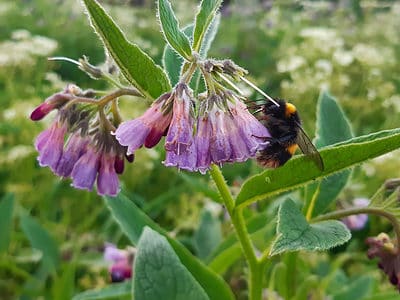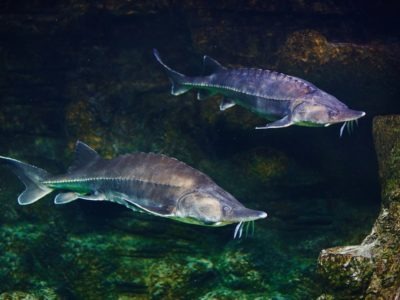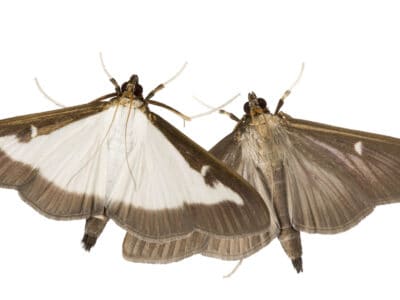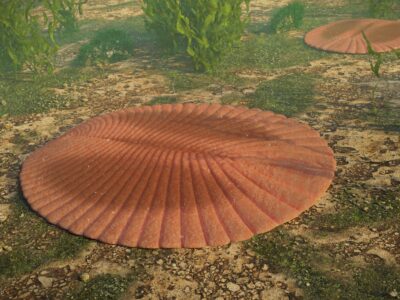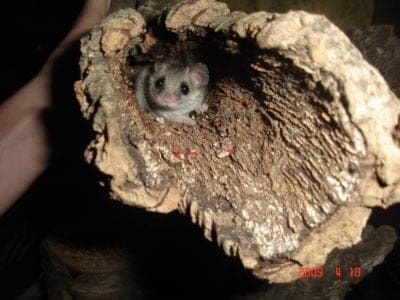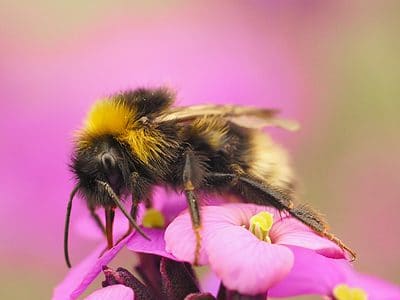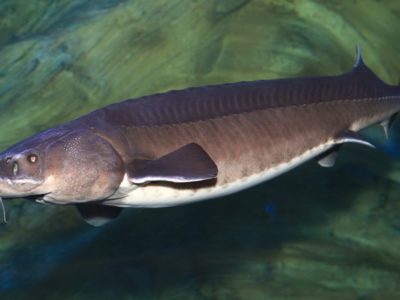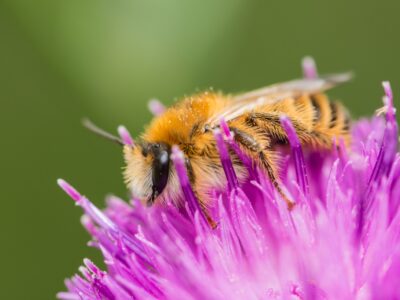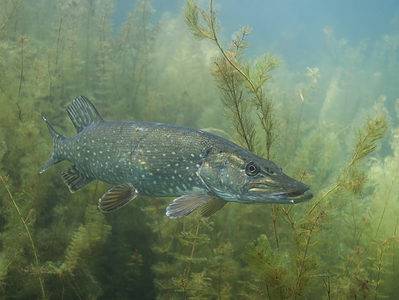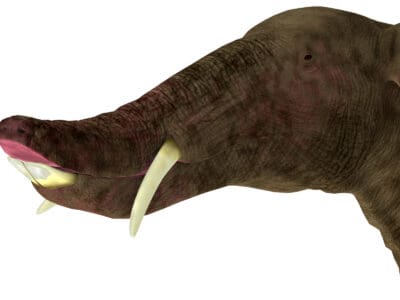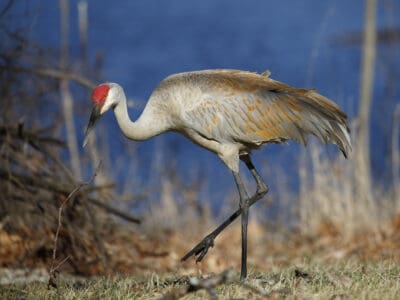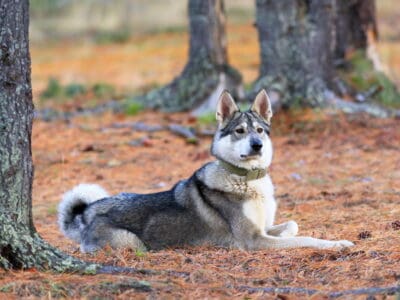Below you can find a complete list of Russian animals. We currently track 299 animals in Russia and are adding more every day!
Russia is the largest country in the world by landmass. There are more than 125,000 types of animals in Russia. Accordingly, this number is so high because of the diverse ecosystems found in Russia, including polar deserts, tundra, forest-tundra, taiga, mixed and broad-leaved forests, forest-steppe, steppe (grassland plains), semi-desert, and subtropics. Over 250 threatened animal species inhabit the country. Many different factors threaten these species, like industrial waste, oil and gas exploration, climate change, and land degradation. There are some facts about wildlife in Russia.
The Official National Animal of Russia
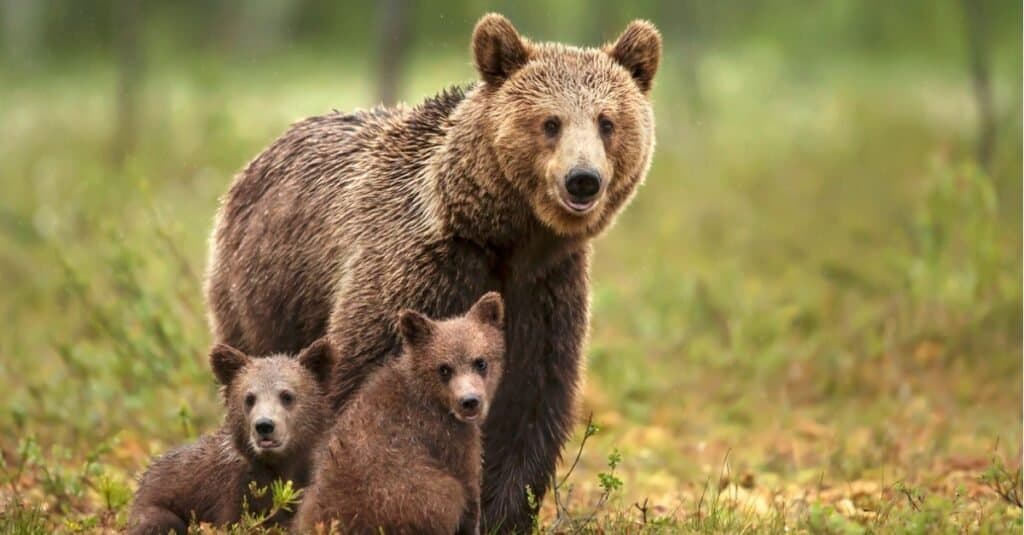
Russian selected the Eurasian brown bear as their national animal.
©Dgwildlife/Shutterstock.com
The official national animal of Russia is the Eurasian brown bear. Additionally, the brown bear is also the national animal of Finland and Croatia. Officials chose this symbol because it possesses many different characteristics. People living in Russia view it as a strong animal that is resilient and persevering.
You can find the largest Eurasian brown bear population in the world in Russia’s Ural Mountain range. Climate change, human development, and other factors have cut down their populations annually. While the Russian military often portrays this symbol as ferocious, the government sometimes uses other forms for the bear, occasionally in stuffed animal form.
Where To Find The Top Wild Animals
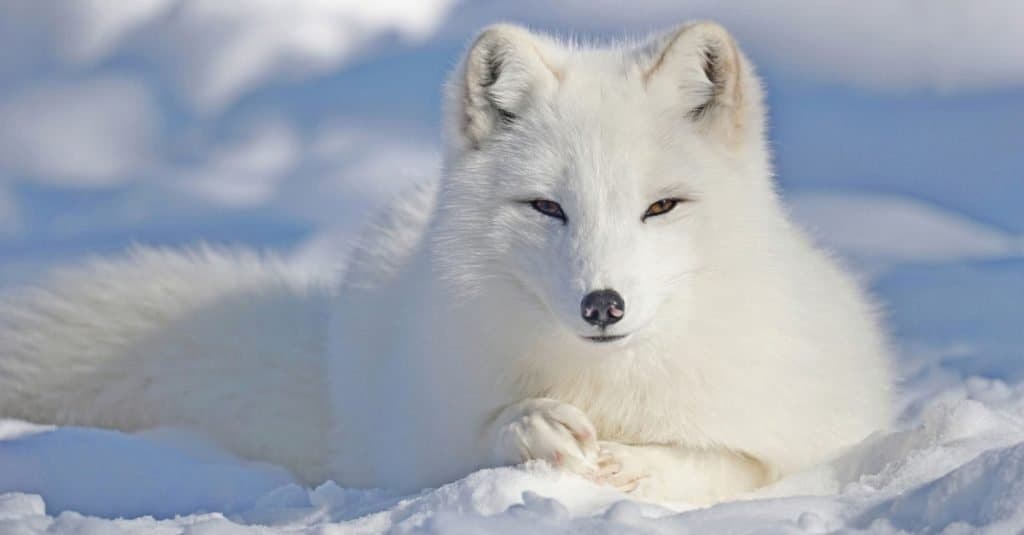
Arctic foxes can be found in Russia’s Commander Islands.
©L-N/Shutterstock.com
There are many places you can find wild animals in Russia. Types of animals vary depending on climate and environment, ranging in diversity across the country.
- Arctic Fox — You can find arctic foxes in the wild at the Bering Sea’s Commander Islands.
- Wild Boar— Humans introduced wild boars into the Ural Mountains range in the 1930s, and it is still a unique place to see them.
- Red Deer — Find the largest red deer herds in Russia on the Taymyr Peninsula.
- Eurasian Lynx — See this unique animal in coniferous forests from the western borders up to Kamchatka and Sakhalin.
- Siberian Tigers — There are many Siberian tigers in Russia’s birch forests. In particular, look in the Sikhote-Alin Range in the Primorsky and Khabarovsk provinces to see these unique animals.
- Polar Bears — Wrangel Island has the highest density of polar bear dens in the world. One of the reasons for this fact is that the area is highly undeveloped. Located in Russia’s Arctic Far East, Wrangel Island is often called the polar bear maternity wing.
Animals native to Russia, such as the Eurasian lynx and the Siberian tiger, are experiencing population decline as a result of human encroachment, habitat destruction, and climate change. While conservation efforts are in place, it remains important to remember rules and regulations when visiting this exquisite country.
Native Birds
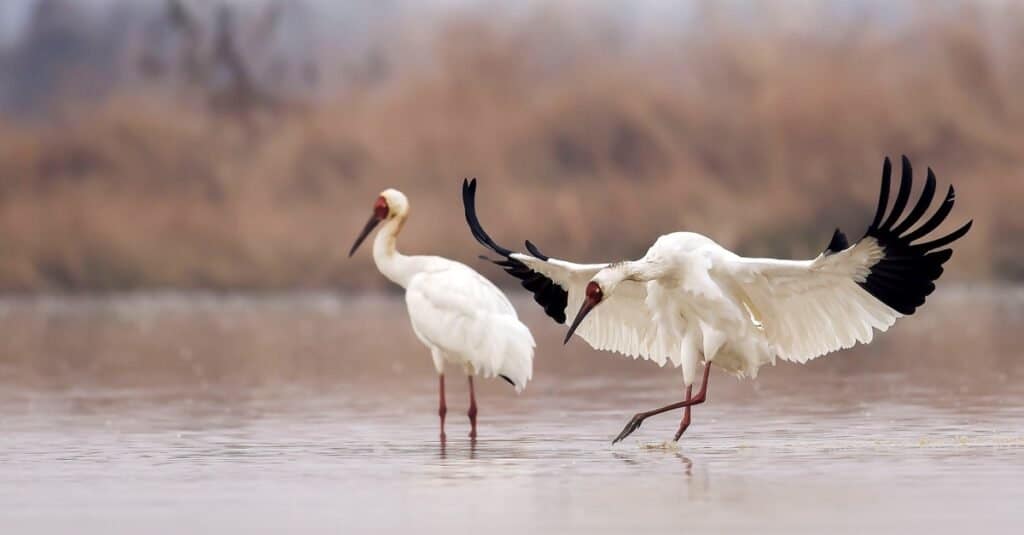
Siberian Cranes are just one of 500 species of birds in Russia.
©Wang LiQiang/Shutterstock.com
Russia is a country that provides habitats for many species of birds, some of which are unique and can only be found in the region. Many migratory birds also pass through Russia during their seasonal journeys, making it an important stopover along their routes.
The various climates across Russia provide suitable homes to over 500 species of native birds, including large predators like eagles and hawks, as well as smaller songbirds such as finches and sparrows. These diverse bird populations make for colorful and vibrant skies above Russian cities and towns, providing a wonderful spectacle for locals to enjoy all year round!
Most sea and marine avian species reside in the Russian Arctic. Such birds usually choose rocky cliffs to nest upon, providing space for multitudes of birds. Listed are common avifauna found here:
- Waterfowl — Brent goose; common eider
- Waders — Purple sandpiper
- Skuas — Arctic and Pomarine
- Auks — Atlantic puffin
- Gulls — Glaucus and ivory
- Passerines — Snow bunting
In Far East Russia, a multitude of bird species exists, including many that are rare or endangered. Around 200 plus species were recorded in this territory. Below are several examples.
- Spoon-billed sandpiper — highly endangered
- 14 species of auks — Horned puffins, tufted puffins, parakeets, whiskered auklets, rhinoceros auklets, spectacled guillemots
- Steller’s sea eagle — one of the highest concentrations
- Laysan albatross
- Mottled petrel, fork-tailed storm petrel
- Red-faced cormorant
Russia is home to many native animals, including several avian species. Some popular native birds include Siberian grouse, Pere David’s snow finch, the Pacific loon, the Eurasian skylark, the watercock, and the middle spotted woodpecker.
Native Fish
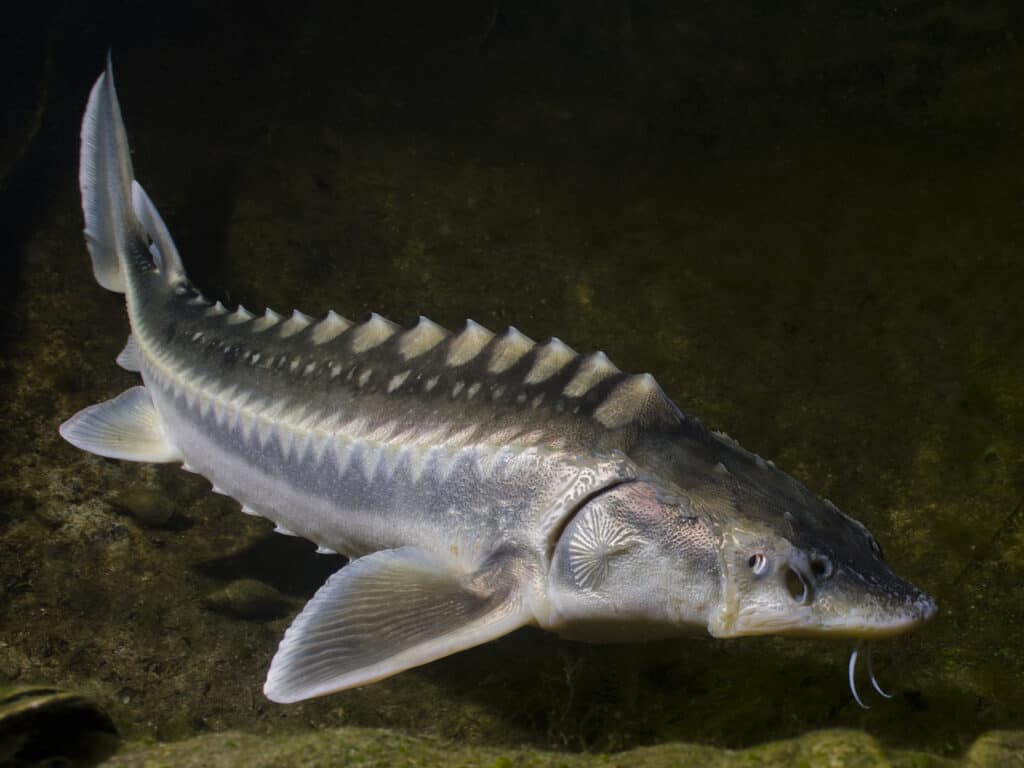
Sturgeon is one of the millions of fish found in Russia.
©Thomas Hasenberger/Shutterstock.com
Russia is ninth in the world for producing fish as it includes an exclusive economic zone, accessing 12 seas in three oceans, along with over 2 million rivers and the landlocked Caspian Sea. Popular fish species to catch include:
Marine, inland, and river fishing are all favorable pastimes in Russia, available during most of the year, regardless of lowered winter temperatures. Many fishermen worldwide visit the country to fish its waters and experience the ice-cold thrill.
- Trout — Lake, Brook, or Rainbow; subspecies Taimen in impressive sizes (up to 5 feet!); May to October is the best time to catch these delicious fish
- Salmon — Pacific and Atlantic; subspecies include landlocked lake and Caspian Sea salmon or river salmon. However, each species differs in season, so it’s best to go with a guide.
- Northern Pike — Popular to ice fish in the dead of winter, the best season is from May to June.
- Zander — One of the most widespread species; popular among beginners and found year-round
- Perch — Small fish found in most rivers year-round; the best time is early spring
One of the unique fish species to exist was found in the depths of the North Russian seas. The “alien fish” is monster-esque, with frightening teeth and humongous eyeballs. In addition to this strange fish, other mysterious sea creatures have also been found in Russian waters.
Native Snakes
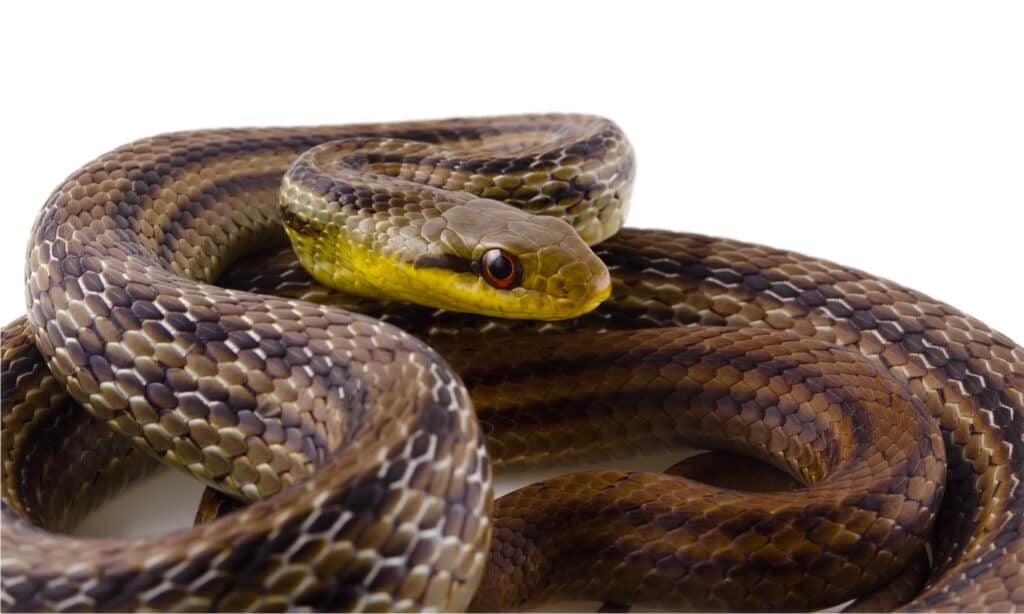
Japanese striped snakes are native to Russia.
©eye-blink/Shutterstock.com
Russia is home to a large number of snake species, some venomous and some not. The diversity of habitats in Russia, from the frozen tundra to the forested areas further south, provides an ideal environment for snakes to thrive.
Some of the most common species found in Russia include European adders, grass snakes, smooth snakes, steppe vipers, and Aesculapian Snakes. These species have adapted well to their environments and can survive despite the extreme temperatures that characterize so much of this vast country. It is estimated that there are more than 100 different snake species spread across many regions throughout Russia.
Despite the extreme temperatures and environments of Russia, various snake species, venomous and not, still roam its provinces.
Non-venomous species in Russia include:
- Smooth snake
- Dice snake
- Grass snake
- Blotched snake
Venomous species found in Russia are:
- Common European adder
- Mamushi
- Blunt-nosed viper
- European cat snake
- Japanese striped snake
Countless other snake species make their home in Russia. If bitten by one of these sneaky reptiles, it is always important to seek professional medical attention, even if the species is considered nonvenomous. Certain allergic reactions may occur, and it is best to be cautious in these situations.
3 Largest Animals in Russia
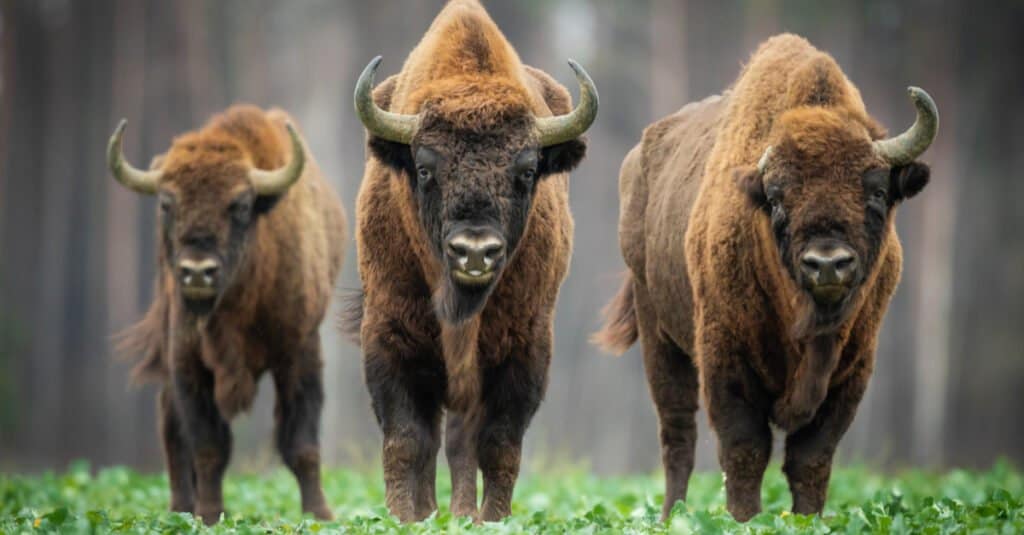
The Caucasian bison were hunted to extinction, but Russia still has the European bison.
©Szczepan Klejbuk/Shutterstock.com
Some of the largest animals in Russia are the Siberian tiger (also known as the Amur tiger), the brown bear, and the Caucasian Wisent. The Siberian Tiger can grow up to 10 feet long and weigh up to 500 pounds! They typically live in taiga forests with dense vegetation and deep snow cover but have been spotted as far south as Beijing.
Another very large animal is the brown bear which is native throughout much of Russia’s temperate forest regions. Male bears can weigh up to 1,000 pounds and measure over 7 feet tall when standing on their hind legs! Brown bears generally inhabit coniferous forests that offer plenty of food sources, such as salmon or berries.
The European bison, also known as the wisent, is another huge animal in Russia and can reach an average of 1,345 lb. This species is native to Europe but has been introduced to parts of Asia and North America. To survive in its natural environment, it feeds on grasses, leaves from shrubs and trees, herbs, and mushrooms.
3 Rarest Animals in Russia
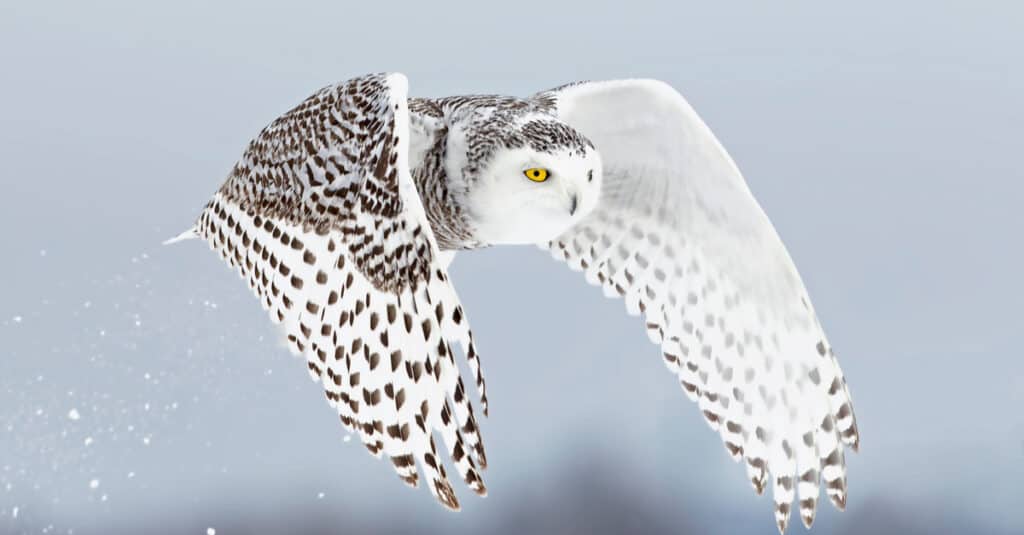
Snowy owls lift off and fly low, hunting over snow-covered fields in Russia
©Jim Cumming/Shutterstock.com
The three rarest animals in Russia that are still alive and not extinct include the Amur Leopard, Polar Bear, and Snowy Owl.
The Amur Leopard is an endangered species of leopard that lives mainly in the mountain forests of southeastern Russia. They prefer to live in habitats with dense vegetation, such as rocky areas or forested hillsides.
Polar Bears inhabit the Arctic Circle regions around northern Siberia and are distinguished by their white fur, which helps them blend into their snowy surroundings. These majestic creatures rely on sea ice for hunting seals and other prey items during winter months when food is scarce.
Snowy Owls can be found living across vast expanses of tundra from western Alaska to eastern Eurasia, inhabiting areas from treeless plains to shorelines with grasslands or marshes nearby. These owls typically hunt small rodents like mice or voles during nighttime hours, taking advantage of their exceptional hearing capabilities to find these prey items even under deep snow coverings.
The Most Dangerous Animals In Russia Today
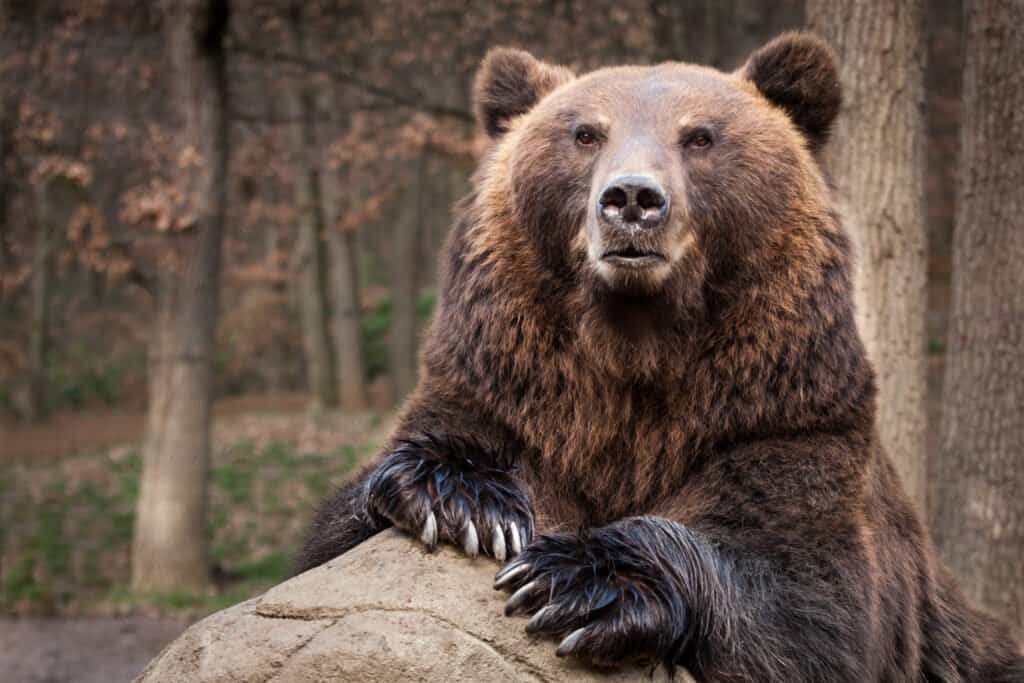
Kamchatka Bears are native to Russian and can get up to 1550 pounds.
©Marie Dirgova/Shutterstock.com
Two of the most dangerous animals in Russia are bears and wolves. Bears can be found throughout Russia, with brown bears inhabiting densely forested areas from the Ural Mountains to the Pacific Coast. These powerful predators can weigh over 1100 pounds and have been known to kill humans when provoked or surprised by their presence.
Wolves also inhabit much of Russia’s woodlands, forests, tundra, and steppes. Both species pose a serious risk to humans who venture into remote parts of the Russian wilderness without taking proper precautions.
While most wildlife in Russia is not dangerous, there are some animals that you should avoid contact with to stay safe. Keeping these facts in mind can help save your life.
- Ticks — Ticks can carry encephalitis and Lyme disease. This can lead to swelling of the brain, seizures, and the inability to move.
- Northern Viper – The Northern viper can grow up to 31.5 inches long and have fangs up to 1.5 inches long. While it prefers to avoid human contact, it will bite if startled. That bite can be deadly.
- Eurasian Brown Bears – About 50% of all brown bears in the world live in Russia. These powerful bears can kill with a single swipe of their paw. Most bear attacks are by single bears, with many occurring when something wakes the bear up during winter hibernation.
- Grey Wolves — As habitat has disappeared, grey wolves have moved into neighborhoods, which has led to more grey wolf attacks. While facts show that they often hunt in packs, single attacks have occurred. The grey wolf prefers to dine on fish, but overfishing has lowered that number.
- Wild boars — Wild boars use their tusk as their primary weapon. Since they cannot see well, they often attack anything that they deem a threat to them. These animals can run up to 30 miles per hour and have maintained that speed for over 1 mile.
- Karakurt spider — Normally found in the Astrakhan Region, the Karakurt spider can migrate north when temperatures rise. If you get bitten by this spider that typically lives in ravines, then you can hold a hot match to the bite to remove the poison. In all cases, you should seek medical attention as soon as possible.
- Lynx — Lynxes often hang out in trees, where they jump down on their prey. They usually target the neck.
Endangered Russian Animals
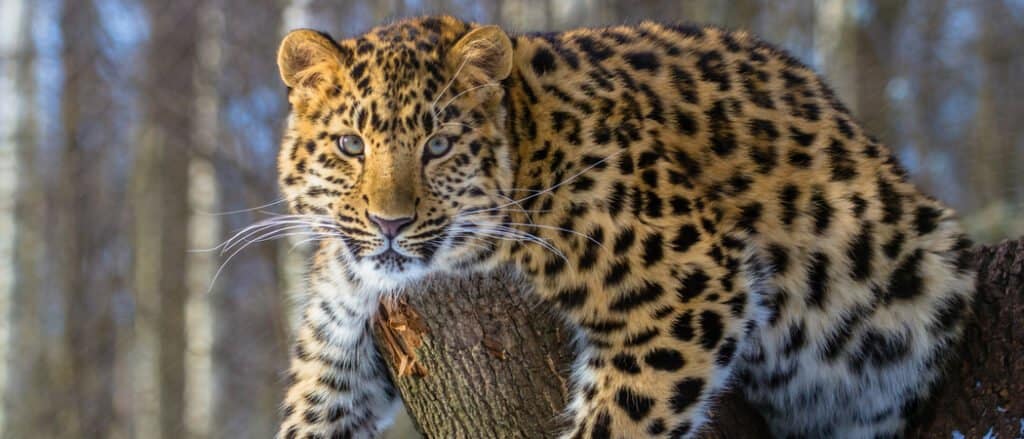
The Amur leopard is an endangered species in Russia.
©Dmitri Gomon/Shutterstock.com
Hunting, poaching, and industrialization are three factors that contribute to the increase in endangered animals in Russia annually. Hunting is one of the most influential human activities contributing to species decline and extinction worldwide, including in Russia. More specifically, hunting for fur or sport has caused substantial losses to some animal populations as well as entire species extinctions.
Poaching is another major threat faced by many Russian animal species. This illegal activity can involve a wide range of practices, such as trapping birds to sell their feathers or killing large mammals for their meat or body parts.
Finally, industrialization has led to a significant loss of natural habitats due to logging, mining, and other forms of land development, which have had a tremendous impact on wildlife across Russia. All these activities together have caused an alarming decrease in native species abundance over the years, with many now facing extinction if immediate action isn’t taken soon enough.
Some of the top endangered animals include:
- Amur Leopard
- Saiga Antelope
- Ussuri Dhole
- North Pacific Right Whale
- Muisk Vole
- Asiatic Lion
- Persian Leopard
- Siberian Tiger
- Snow Leopard
- European Mink
- West Caucasian Tur
- For a complete list, see HERE.
Zoos of Russia
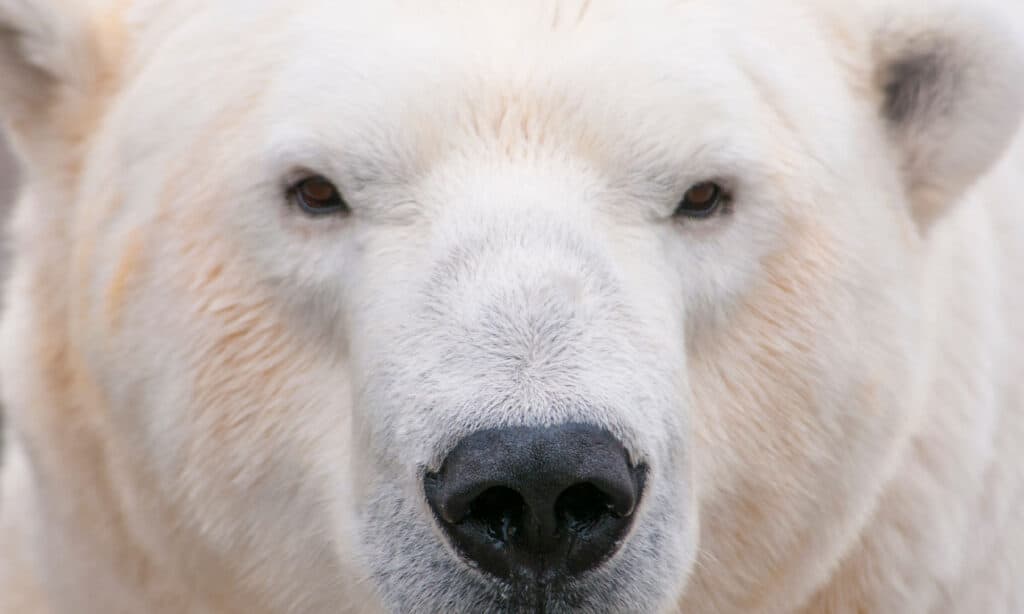
Polar bears are just one of the cold-loving animals you can see in a Russian zoo.
©iStock.com/ElliotHurwitt
Zoos and aquariums in Russia serve as educational facilities where people can learn about different species from around the world and understand how these creatures interact with one another within their environments. They also help preserve endangered species by providing them with safe spaces to breed in captivity until they can be reintroduced into their natural habitats.
In Russian zoos, you can find many different kinds of animals, including polar bears, tigers, elephants, camels, reindeer, and more! You will also see some unique birds, such as cranes, that live in Russia’s wetlands regions like Siberia.
There are also plenty of opportunities at Russian zoos to get up close and personal with some of your favorite furry friends! From petting zoo sessions to feeding times, visitors can make meaningful connections with animals through these interactive experiences. Additionally, there may be special events taking place throughout the year featuring guest speakers or animal shows that display behaviors we might never witness out in nature otherwise!
The large country of Russia holds around 32 zoos and aquariums. Out of these, several are considered the most popular; these are ranked below.
- Novosibirisk Zoo: Home to a “liger,” a crossbred lion and tiger, this zoo is one of the largest in the country, with countless other impressive species such as white tigers, polar bears, leopards, and dolphins. Several native species are on exhibit, as well, including Siberian lynxes and Pallas’s cats. The Novosibirisk Zoo was established in 1933 and is now recognized for its role in conservation efforts, protecting around 350 endangered species and dedicated to educational programs.
- Leningrad Zoo: At the center of St. Petersburg, Leningrad Zoo is the oldest in Russia. Exhibits in Leningrad Zoo are specially designed to keep the occupants comfortable through Russian temperature extremes, perfect for monkeys, owls, polar bears, and tigers. Twice monthly free days are provided to patrons, educational programs are directed within the zoo, and feeding shows also draw in visitors.
- Ishevsk Zoo: Concentrated on endangered species conservation efforts, Ishevsk Zoo was opened in 2008, commemorating the 450th anniversary of the Udmurt Republic joining Russia. A majority of the 300 species in the zoo are considered endangered, and a large number are native to Russia. Brown bears, wolves, Amur tigers, leopards, walruses, and snowy owls are a few examples of species located within the zoo.
- Moscow Zoo: Known as the largest zoo in Russia and the first in the world to establish educational programs, the Moscow Zoo opened as a living museum outdoors’ in the 1860s. The zoo relies on housing animals in habitats resembling their natural environments, keeping them comfortable and giving them plenty of room. Popular birds of prey, savannah species, big cats, apes, and many more species are found in this zoo. The Moscow Zoo highly encourages scientific research efforts, continuing conservation worldwide.
Amazingly, many Russian zoos work closely with conservation groups, maintaining educational programs for locals and visitors, crucial in preserving and protecting native and exotic species of the expansive, diverse country.
The Flag of Russia

The Russian flag’s tricolor design was used during World War I by soldiers who fought against German invaders.
©Negro Elkha/Shutterstock.com
The national flag of Russia is a horizontal tricolor of equally sized fields: white on top, blue in the middle, and red at the bottom.
The national flag of Russia is a symbol of the nation’s pride and strength. It represents its people, values, and history. The white field on top stands for openness and nobility, while the blue in the middle represents loyalty, integrity, and truthfulness. Red at the bottom signifies love, courage, bravery, and passion — all key attributes of Russian citizens.
These colors were chosen with great thought to represent these important traits, as they are seen as essential to being a good citizen in Russia. This tricolor design was used during World War I by soldiers who fought against German invaders in order to show their unity and patriotism for their country. Since then, it has become an iconic symbol associated with Russian culture.
Fish in Russia
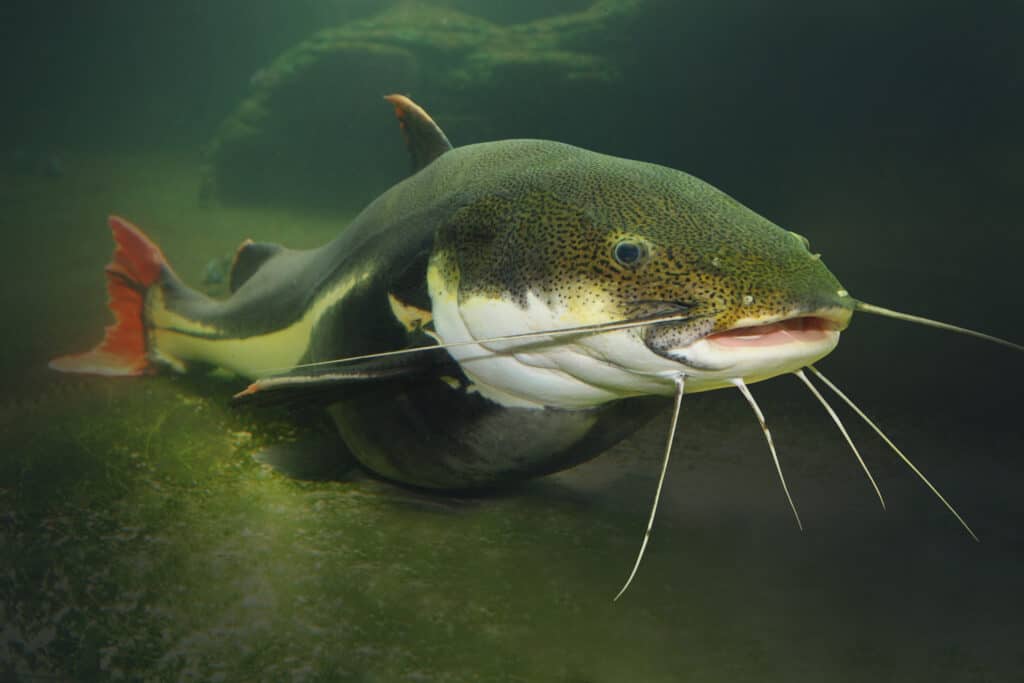
Some of the largest
catfish
can be seen in Russia.
©Kletr/Shutterstock.com
Russia is home to a wide variety of fish, including some that are incredibly beautiful. One of the most striking species is the sterlet sturgeon, which can be found in Russia’s rivers and seas. Its silver scales shimmer in the light, making it an impressive sight for any angler or nature enthusiast. The beluga sturgeon also stands out due to its unique shape and size. This species can reach up to 20 feet long! Other popular fish include carp, roach, perch, and pike – all common catches for fishermen throughout Russia.
When it comes to sheer size, however, nothing beats the enormous catfish found in Russian waters. These giants can measure up to 10 feet long and weigh as much as 200 pounds! Sturgeons are also known for their tremendous girth. They have been known to reach lengths of 15 feet while weighing over 1000 lbs! Taimen trout is another large game fish native to Russia. These huge trout can grow well over 4 feet in length with weights surpassing 50 lbs!
For those interested in freshwater fish within Russia, there are plenty available. Popular small-sized fish include chub, bream, barrel, and ide. On the larger side, you can see burbot, wels catfish, and zander.
Russian Animals
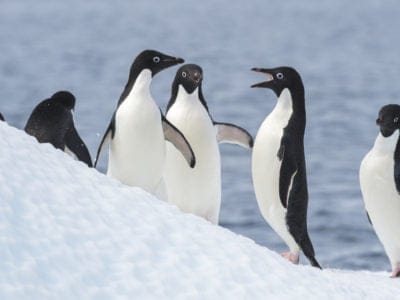
Adélie Penguin
Eats up to 2kg of food per day!
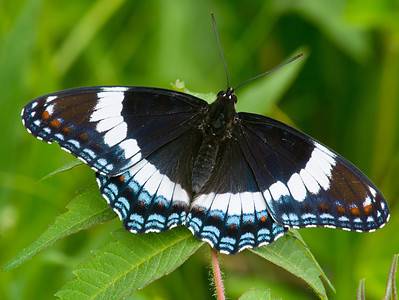
Admiral Butterfly
Stunningly beautiful wings
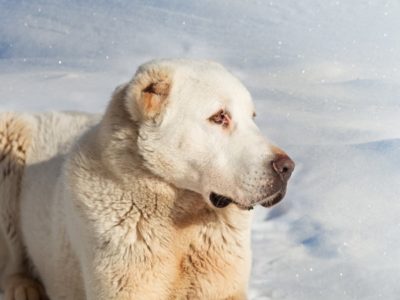
Alabai (Central Asian Shepherd)
The Alabai’s genes indicate that this breed has been around for more than 5,000 years.
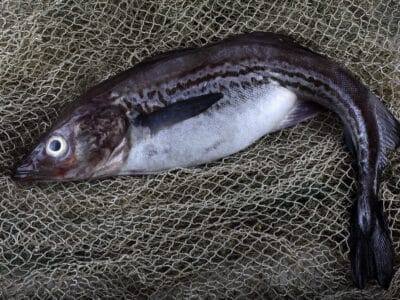
Alaskan Pollock
It's one of the most commonly eaten fish in the world

Allosaurus
Differnt Lizard” or Allosaurus weighed around two tonnes that is almost equal to a car.

Amur Leopard
The Amur leopard may be the rarest big cat on Earth!
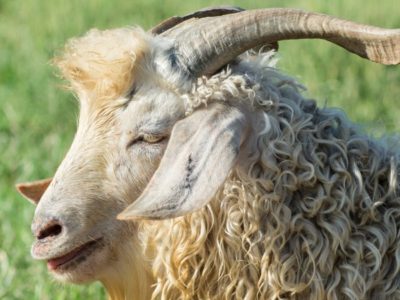
Angora Goat
Each adult Angora goat produces about 12 inches of mohair annually while kids have about 8 inches.

Ant
First evolved 100 million years ago!
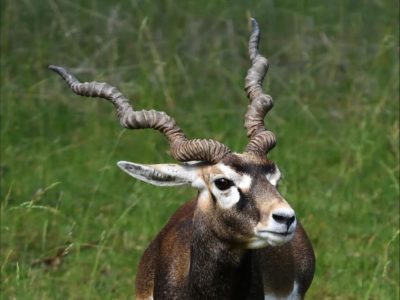
Antelope
Renew their horns every year!
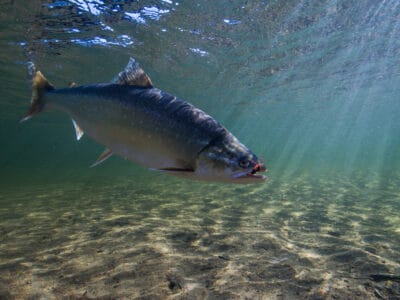
Arctic Char
Arctic char is the northern-most fish; no other fish lives anywhere further north!
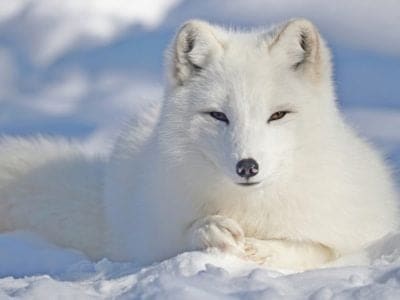
Arctic Fox
Extremely thick winter fur!
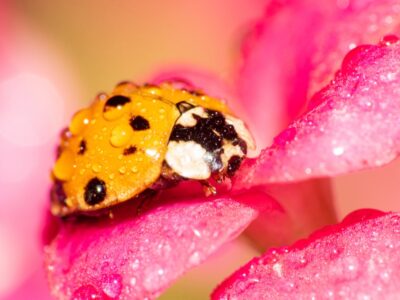
Asian Lady Beetle
Asian lady beetles infest indoor spaces, but they do not reproduce indoors.
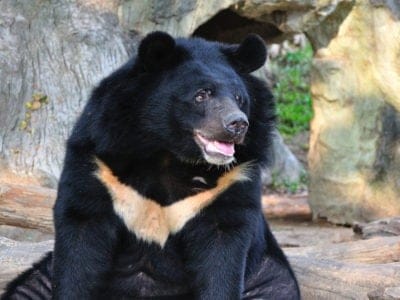
Asiatic Black Bear
Known to eat 160 different tree-borne fruits in Thailand!
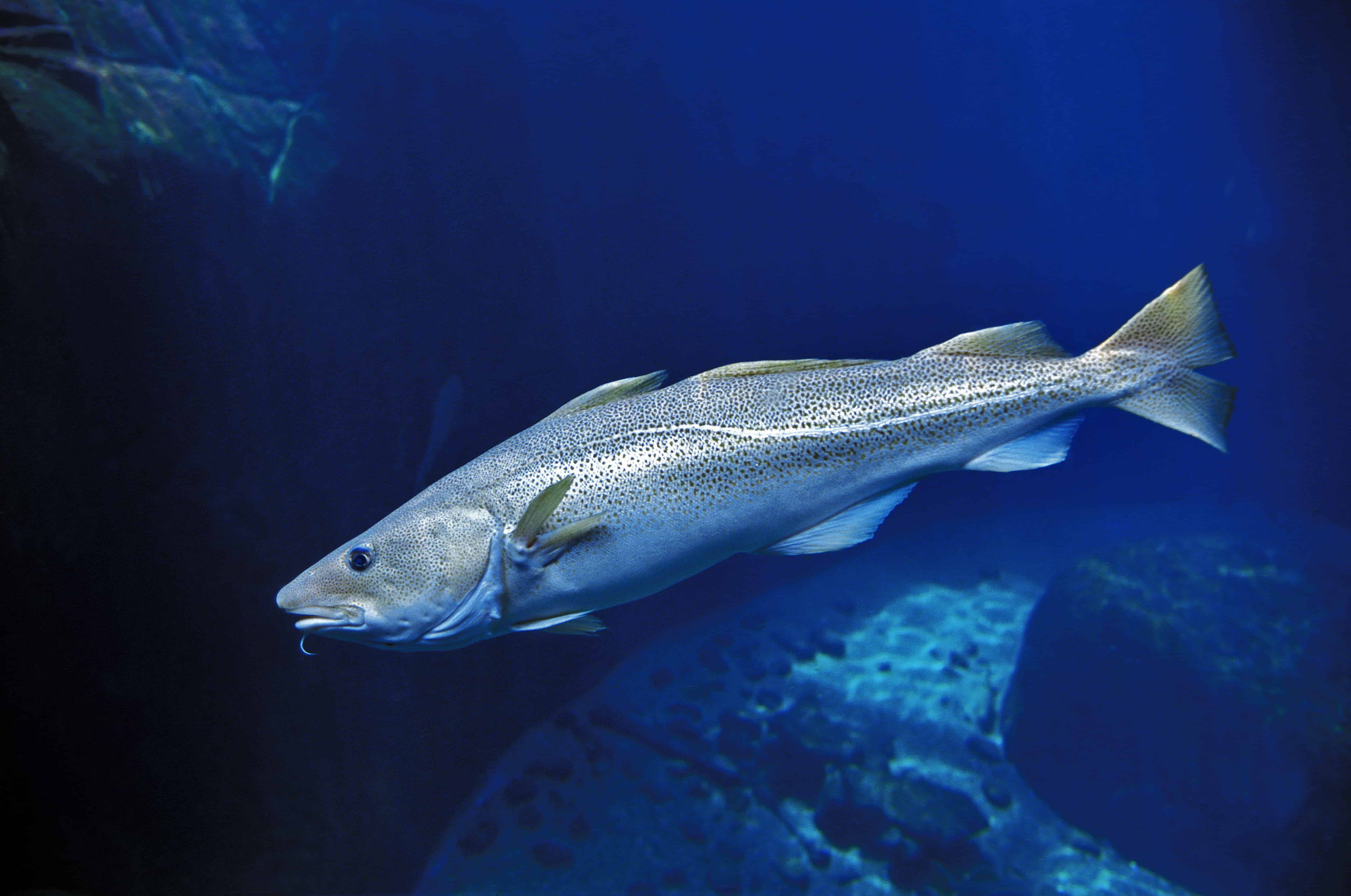
Atlantic Cod
One of the most popular food fishes in the world
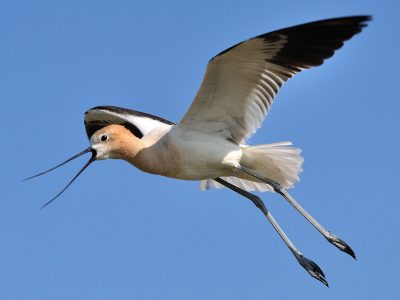
Avocet
Has a curved, upturned beak!

Barn Owl
Found everywhere around the world!

Barn Swallow
Older offspring help care for new hatchlings.

Bat
Detects prey using echolocation!
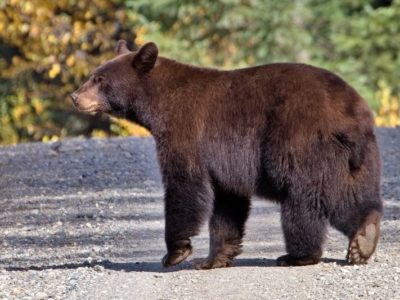
Bear
There are 8 different species!
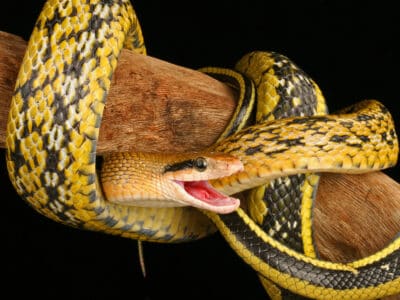
Beauty rat snake
Beauty Rat Snakes are relatively harmless if left undisturbed, only attempting to bite out of fear.
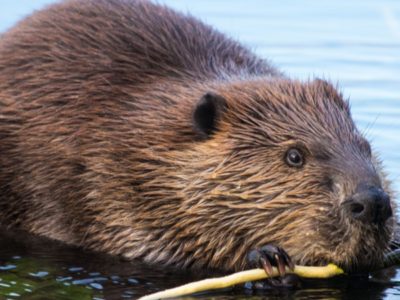
Beaver
Builds a dam from sticks and leaves!

Bed Bugs
Bed bugs feed for 4-12 minutes.

Bee
Rock paintings of bees date back 15,000 years

Beetle
There are more than 350,000 different species
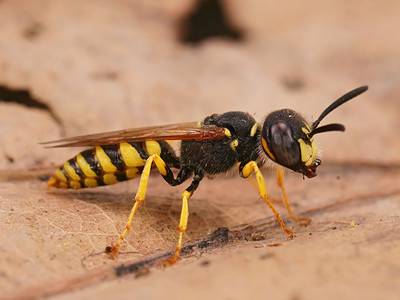
Beewolf wasp
They hunt bees

Bird
Not all birds are able to fly!

Biscuit Beetle
The biscuit beetle form a symbiotic relationship with yeast

Black Russian Terrier
Confident, calm and highly intelligent!

Black Widow Spider
They typically prey on insects!
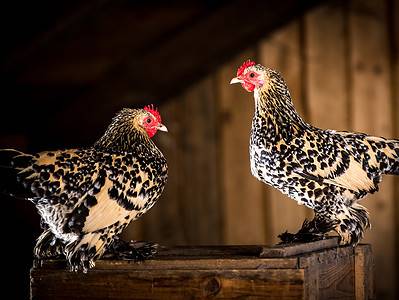
Booted Bantam
The feathers on the feet of tiny Booted Bantam chickens can reach up to six inches in length!
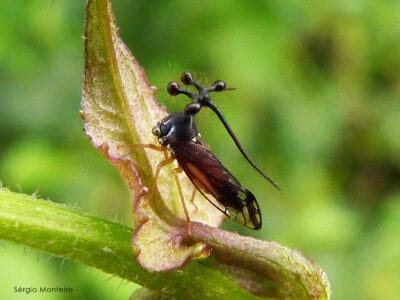
Brazilian Treehopper
“Mild-Mannered Minimonsters”
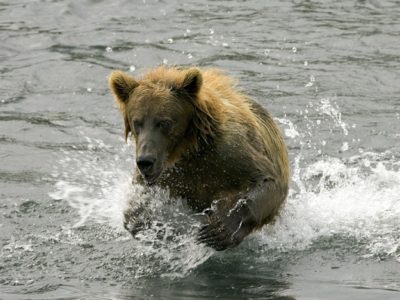
Brown Bear
A dominant predator in it's environment!

Brown Dog Tick
Can live its entire life indoors
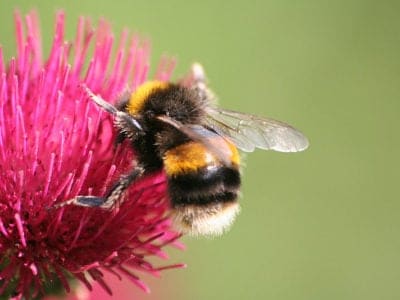
Bumblebee
The most common species of bee!

Butterfly
There are thought to be up 17,500 species!

Camel Cricket
The camel crickets that are found in the USA are light brown in color. They also have dark streaks all over their body.
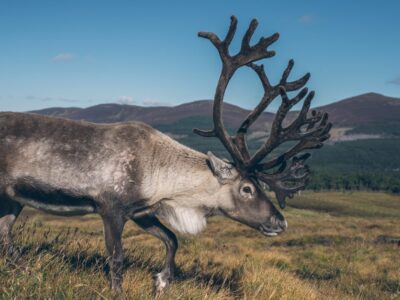
Caribou
Males and females grow antlers

Carpenter Ant
Carpenter ants can lift up to seven times their own weight with their teeth!

Cat
May have been domesticated up to 10,000 years ago.

Caterpillar
The larvae of a moth or butterfly!

Catfish
There are nearly 3,000 different species!

Caucasian Mountain Dog (Shepherd)
The Caucasian mountain dog may look intimidating, but they are actually gentle, affectionate, and loyal family companions

Caucasian Shepherd
These former bear-hunting dogs are used today as prison guard dogs in Russia.

Centipede
There are about 3,000 documented species!

Chicken
First domesticated more than 10,000 years ago!
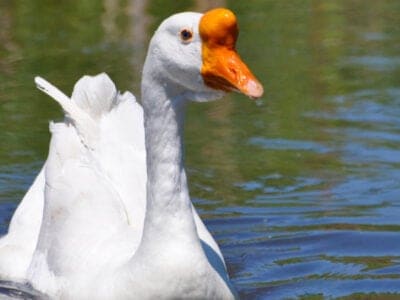
Chinese Geese
They are excellent “guard geese”
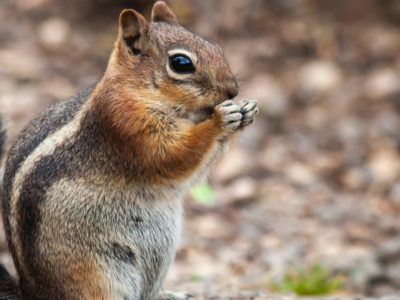
Chipmunk
There are 25 different species!
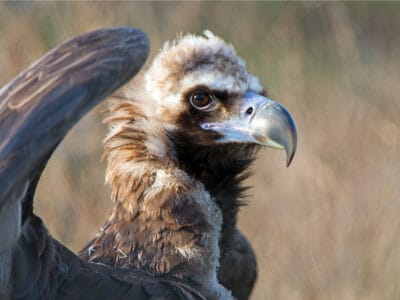
Cinereous Vulture
This vulture can fly at great heights. At least one was found a few thousand feet from the top of Mount Everest.

Cockroach
Dated to be around 300 million years old!

Codling Moth
Pupae are able to undergo diapause to survive poor fruit yield years and winter.
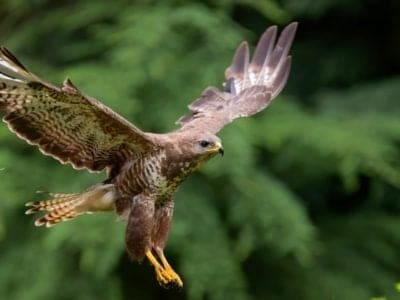
Common Buzzard
The most common raptor in the UK!
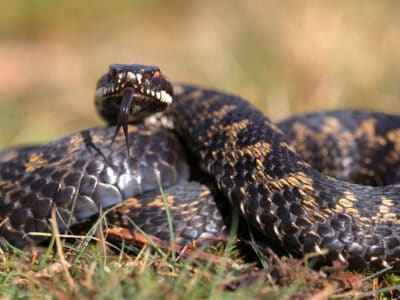
Common European Adder
European adders are the only snake that lives above the Arctic Circle.

Common Furniture Beetle
The common furniture beetle feeds exclusively on wood

Common House Spider
House spiders have the ability to eat most insects in a home.

Common Raven
A group of ravens is called an unkindness or a conspiracy.

Cormorant
They can fly 35 mph and dive 150 feet below water.

Cow
There are nearly 1.5 billion worldwide!

Crab
There are 93 different crab groups

Crab Spider
Crab Spiders can mimic ants or bird droppings
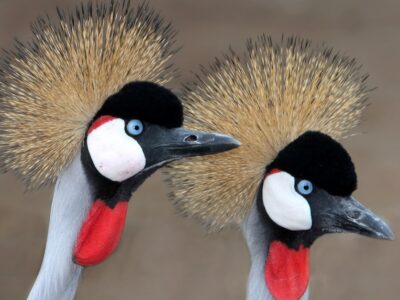
Crane
Many are critically endangered species!

Cricket
Male crickets can produce sounds by rubbing their wings together

Crow
A group of these birds is called a Murder.
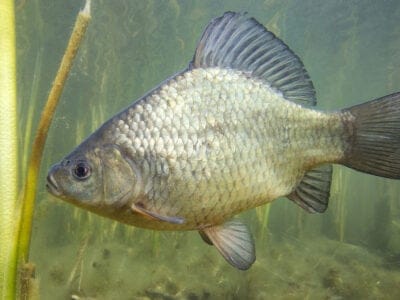
Crucian Carp
Can survive drought by burying itself in mud.
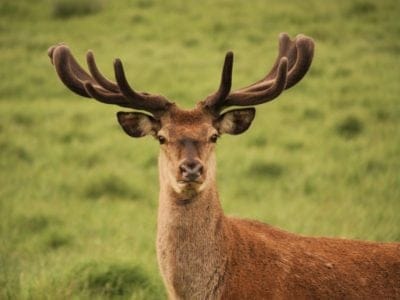
Deer
There are around 40 different species!
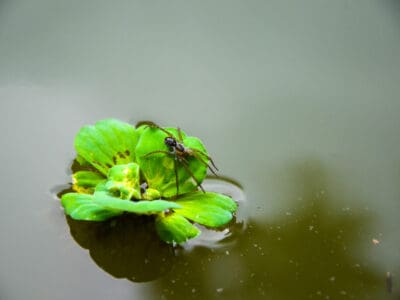
Diving Bell Spider (Water Spider)
Diving bell spiders can breathe underwater using an air bubble on their abdomen

Dog
First domesticated in South-East Asia!

Dog Tick
Dog ticks feed on dogs and other mammals

Donkey
First domesticated 5,000 years ago!

Dragonfly
It's larvae are carnivorous!

Dried Fruit Moth
In the event of adverse environmental conditions, dried fruit moth larvae will become dormant and stop developing.

Duck
Rows of tiny plates line their teeth!

Dung Beetle
The dung beetle can push objects many times its own weight
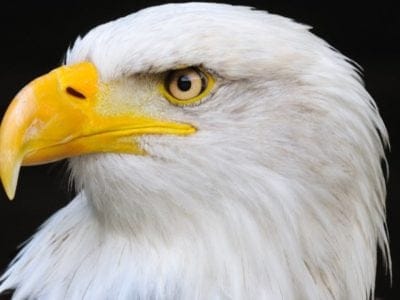
Eagle
Has exceptional eyesight!

Earthworm
They are hermaphrodites, which means they have male and female organs

Earwig
There are nearly 2,000 different species!
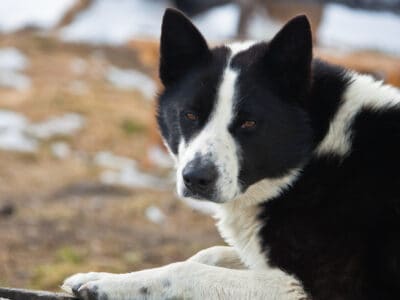
East Siberian Laika
Because East Siberian Laikas are from a very cold region, they shed heavily and require a lot of grooming.

Eel
Eels can be a mere few inches long to 13 feet!
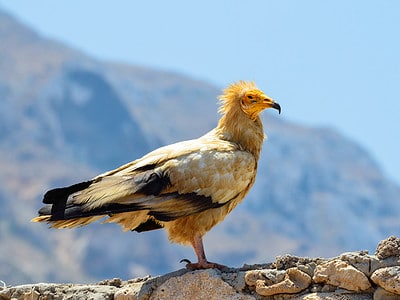
Egyptian Vulture
They steal large ostrich eggs and use rocks and pebbles to crack the shells.
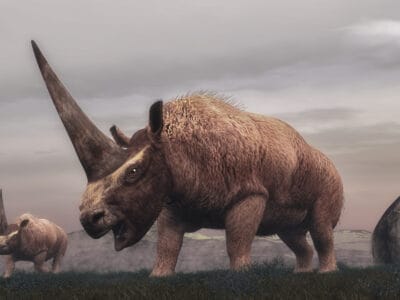
Elasmotherium
Elasmotherium might have had a monstrous horn, giving it the name "The Siberian Unicorn."
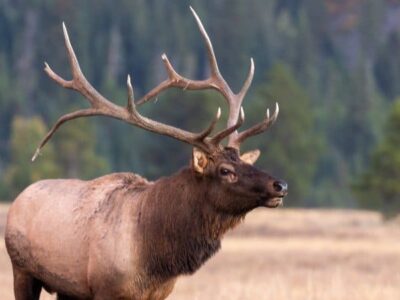
Elk
Adult males can jump eight feet vertically
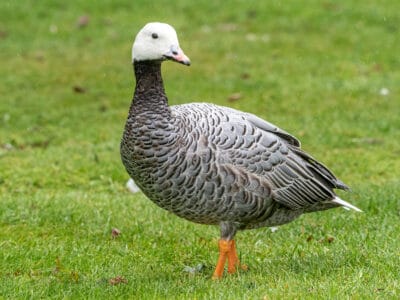
Emperor Goose
Their calls sound like a nasally “kla-ha, kla-ha, kla-ha.”
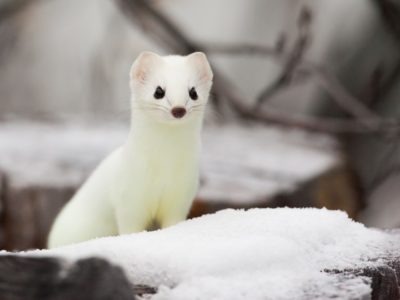
Ermine
A very bold and ferocious predator!
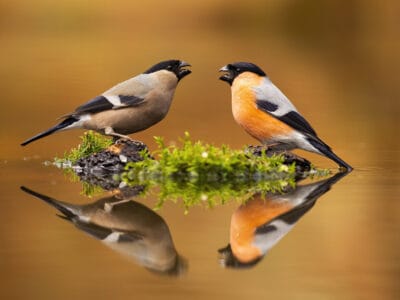
Eurasian Bullfinch
The shy eurasian bullfinch prefers to forage very close to cover.
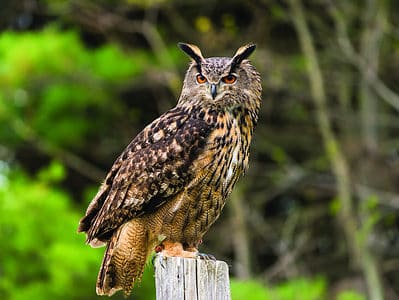
Eurasian Eagle-owl
The Eurasian Eagle-owl is the second largest owl in the world with a wingspan up to six feet!
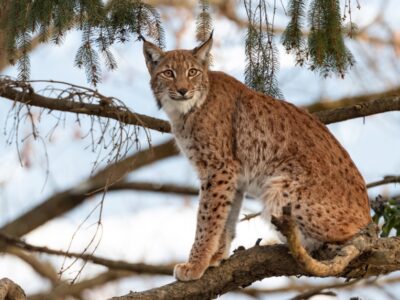
Eurasian Lynx
Eurasian lynxes can survive extreme weather up to elevations of 18,000 feet
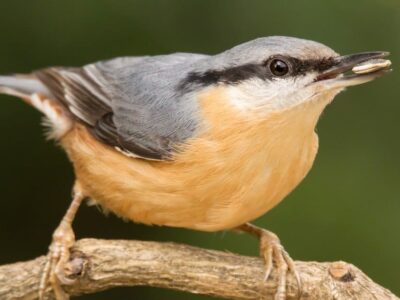
Eurasian Nuthatch
Its song has been compared to a toy horn.
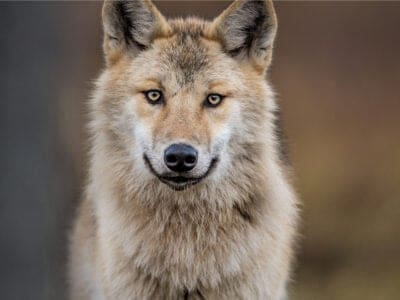
Eurasian Wolf
Coloring depends on location.
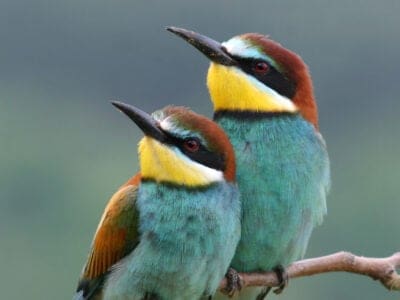
European Bee-Eater
They can eat up to 250 bees per day!
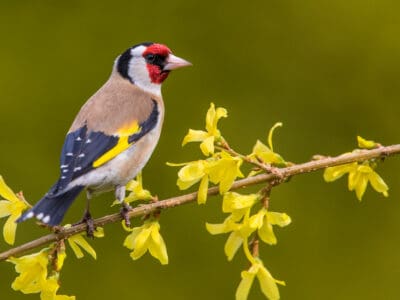
European Goldfinch
They are frequent visitors to backyard feeders, especially those containing niger seeds.
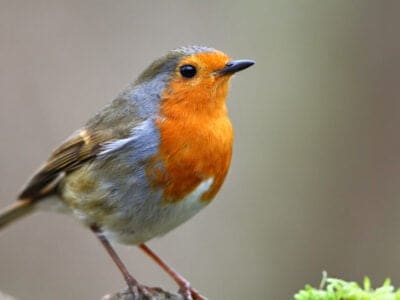
European Robin
Male robins are so aggressive and territorial that they will attack their own reflections.

Falcon
The fastest creatures on the planet!

False Widow Spider
False spiders actually prey on black widow spiders and other hazardous spiders

Firefly
The firefly produces some of the most efficient light in the world

Flea
Adult fleas can jump up to 7 inches in the air

Fly
There are more than 240,000 different species!
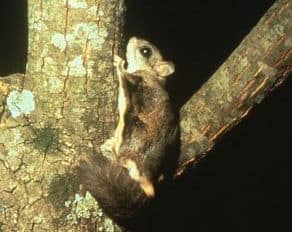
Flying Squirrel
Can glide up to 90 meters!
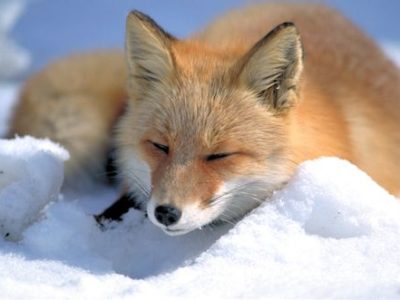
Fox
Only 12 species are considered "true foxes"

Frog
There are around 7,000 different species!

Fruit Fly
Fruit flies are among the most common research animals in the world
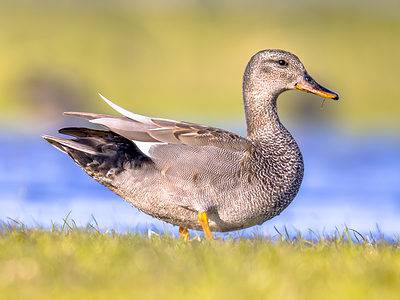
Gadwall
They make many sounds when trying to attract a mate.

German Cockroach
The most common type of urban roach
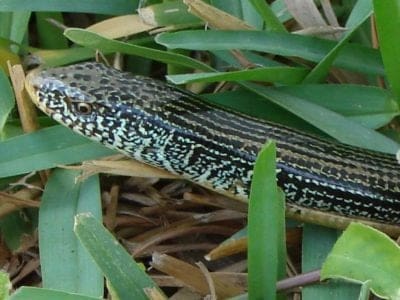
Glass Lizard
Can grow up to 4ft long!

Glowworm
Found inhabiting dense woodland and caves!

Gnat
Males form large mating swarms at dusk
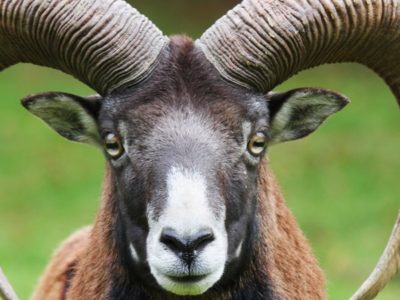
Goat
Most closely related to the Sheep!
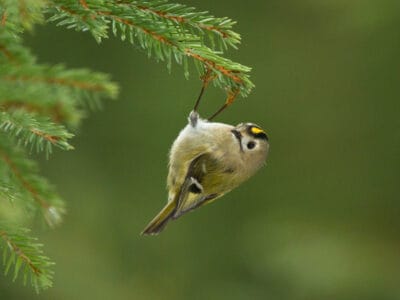
Goldcrest
The goldcrest never starts moving and needs to consume for most of the day to survive. Therefore, in the colder months, it's best that eat 90% a day.
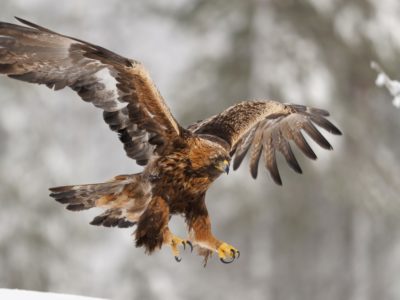
Golden Eagle
Their calls sound like high-pitched screams, but they are quiet most of the time.
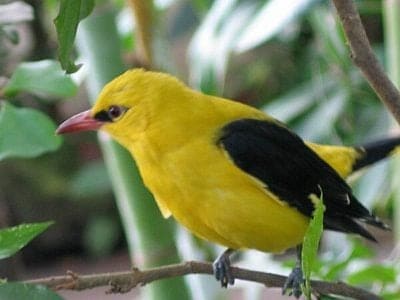
Golden Oriole
Migrates between Europe and Asia!
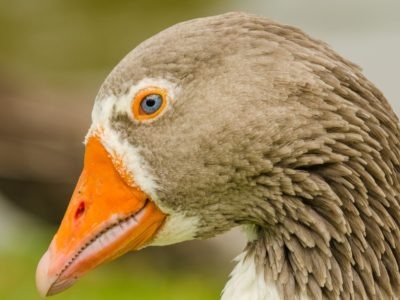
Goose
There are 29 different species!
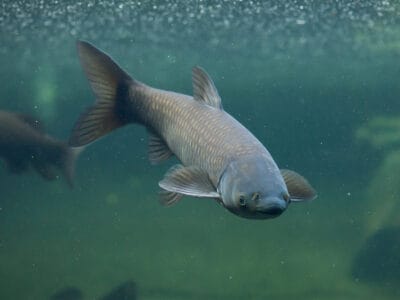
Grass Carp
The grass carp is considered to be a natural weed control agent.
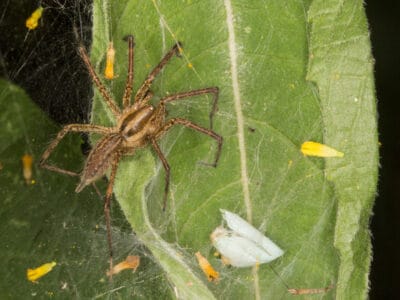
Grass Spider
Their fangs aren't big enough to penetrate human skin.

Grasshopper
There are 11,000 known species!
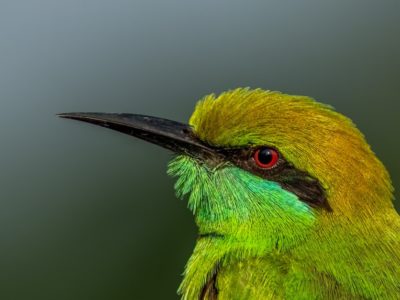
Green Bee-Eater
Mainly eats honeybees!
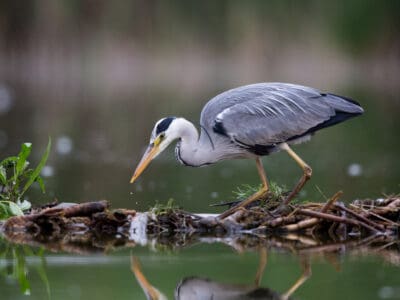
Grey Heron
Male grey herons are picky about their mates. They'll reject a female that they don't fancy.

Gypsy Moth
One of the most invasive species in the world

Hamster
Able to run as quickly backwards as forwards!

Hare
Can reach speeds of over 50 mph!

Hawk Moth Caterpillar
Many hawk moth caterpillars eat toxins from plants, but don’t sequester them the way milkweed butterflies do. Most toxins are excreted.
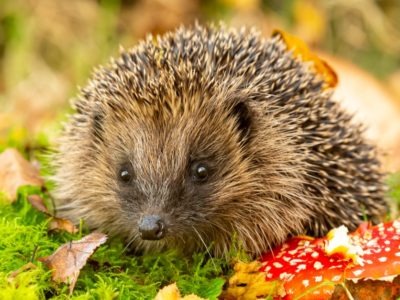
Hedgehog
Thought to be one of the oldest mammals on Earth!

Heron
Inhabits wetlands around the world!
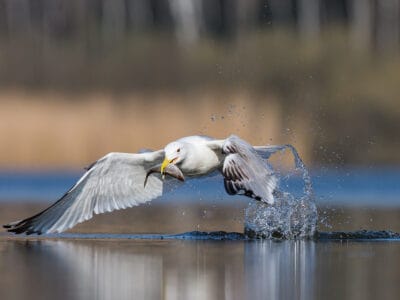
Herring Gull
They are loud, spirited birds with raucous cries that sound like bursts of laughter.

Honey Bee
There are only 8 recognized species!
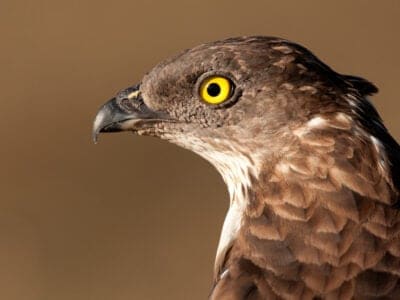
Honey Buzzard
Honey buzzards are medium-sized raptors that earned their names by raiding the nests of bees and wasps.

Horse
Has evolved over 50 million years!

Horsefly
Horseflies have been seen performing Immelmann turns, much like fighter jets.
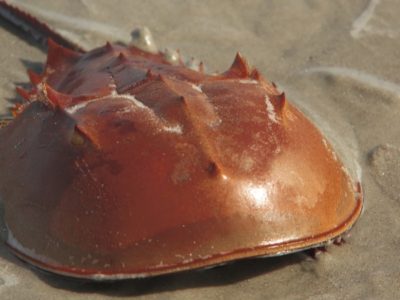
Horseshoe Crab
Changed little in over 500 million years!

Housefly
The fly has no teeth

Human
Thought to have orignated 200,000 years ago!

Huntsman Spider
Some huntsman spiders have an interesting way of moving around. Some cartwheel while others do handsprings or backflips.

Husky
To communicate, Siberian Huskies rarely bark but instead create their own music and howl.
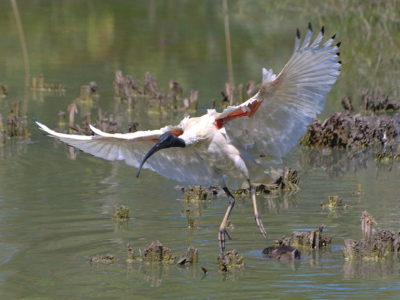
Ibis
Found in swamps, marshes and wetlands!

Insects
There are an estimated 30 million species!
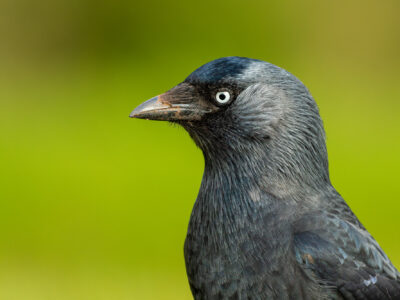
Jackdaw
The jackdaw tends to mate for life with a single partner
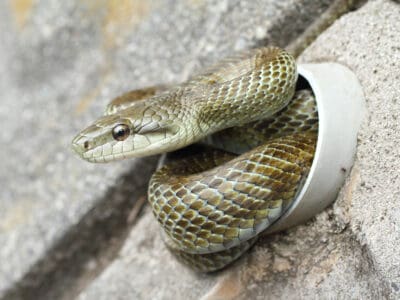
Japanese rat snake
The albino Japanese rat snake is a symbol of good luck.
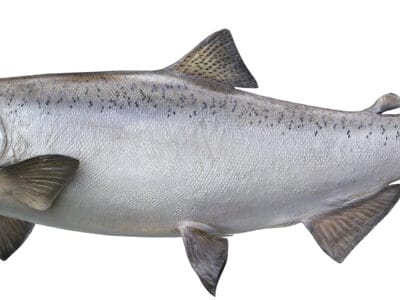
King Salmon
Largest of the Pacific salmon

Kingfisher
Inhabits wetlands and woodlands worldwide!
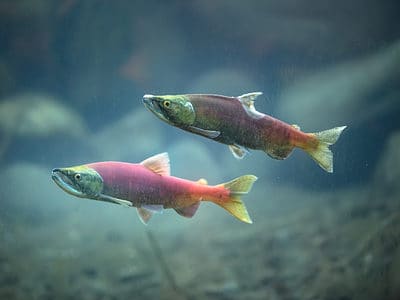
Kokanee Salmon
A non-anadromous type of sockeye salmon

Ladybug
There are more than 5,000 species worldwide!

Leech
Has 10 pairs of eyes!
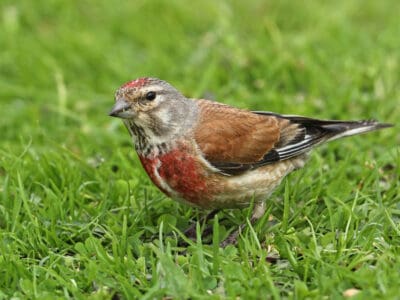
Linnet
While linnets are monogamous during mating season, they do not mate for life. While breeding pairs are together, the males are highly territorial and will defend the nesting site and the surrounding area.

Lizard
There are around 5,000 different species!

Locust
Each locust can eat its weight in plants each day.
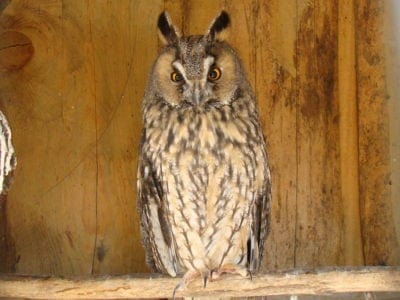
Long-Eared Owl
Ear tufts make it look bigger!
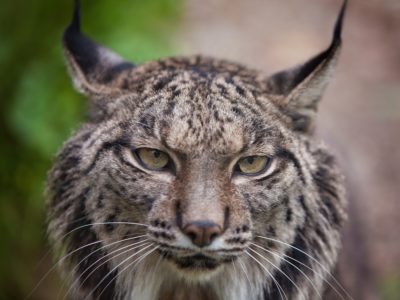
Lynx
Live in dens in rocks and under ledges!

Lystrosaurus
Lystrosaurus was one of the few terrestial species that survived the permian extinction
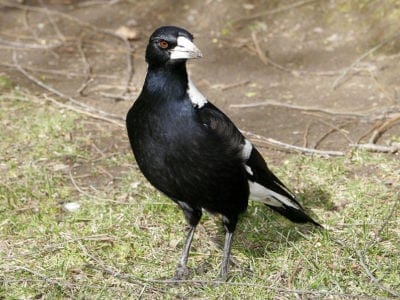
Magpie
They are found across Europe, Asia and Africa!
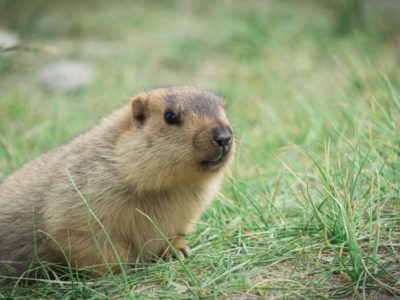
Marmot
A marmot spends 80% of its life below ground
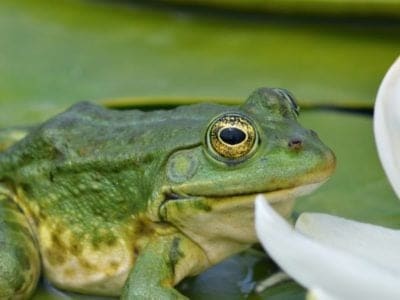
Marsh Frog
Has bright green skin!

Mayfly
There are 2,500 known species worldwide!

Mealybug
They have a symbiotic relationship with ants.

Millipede
Some species have a poisonous bite!

Mole
Primarily hunts and feeds on Earthworms!

Mongrel
Has characteristics of two or more breeds!

Moorhen
Feeds on aquatic insects and water-spiders!
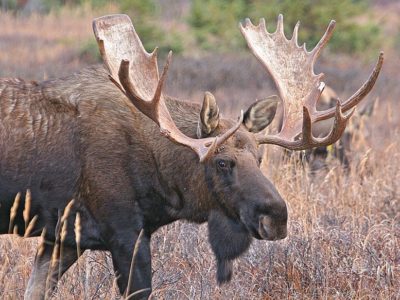
Moose
Renews it's enormous antlers every year!

Moscow Watchdog
This Molosser-type dog is the Russian cousin of St. Bernard.

Mosquito
Only the female mosquito actually sucks blood

Moth
There are 250,000 different species!

Mouse
Found on every continent on Earth!

Mule
The offspring of a horse and donkey parents!
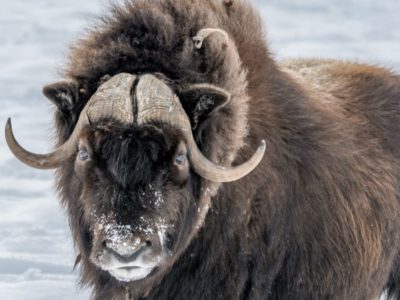
Muskox
Muskox have several physical characteristics that allow them to survive in the Arctic climate.
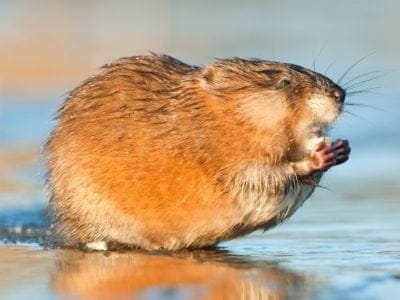
Muskrat
The muskrat can stay underwater up to 17 minutes at a time
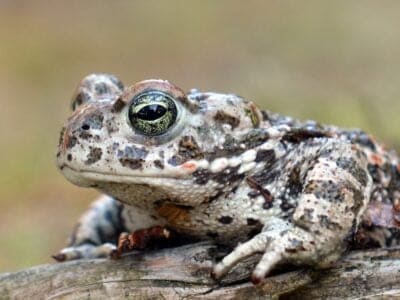
Natterjack
Can lay up to 7500 eggs

Neanderthal
Roamed Asia and Europe for around 100,000 years!

Nematode
Nematodes range in size from 1/10 of an inch to 28 feet long
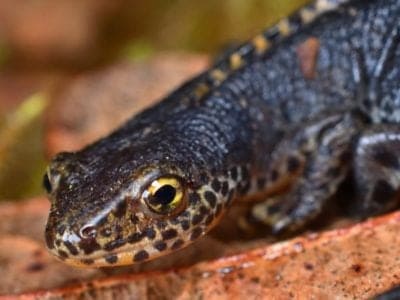
Newt
Able to regrow lost or damaged limbs!
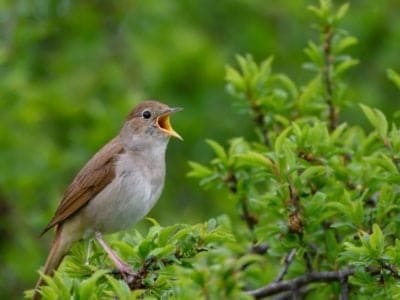
Nightingale
Named more than 1,000 years ago!

No See Ums
There are more than 5,000 species.
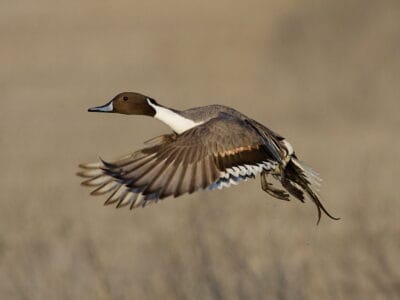
Northern Pintail
Northern pintails migrate at night with speeds reaching 48 miles per hour!
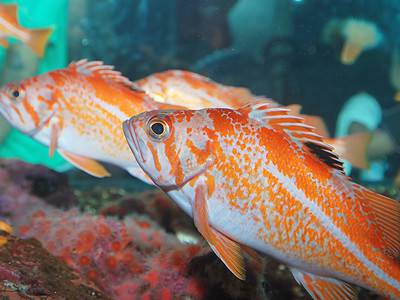
Ocean Perch
As a scorpionfish, the ocean perch has spines along its back!
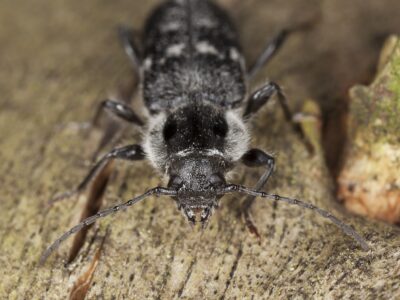
Old House Borer
Depending on the habitat and climate, these beetles can live between 2 to 10 years, often staying in their larval stage for several years, making them extremely dangerous to wooden structures.
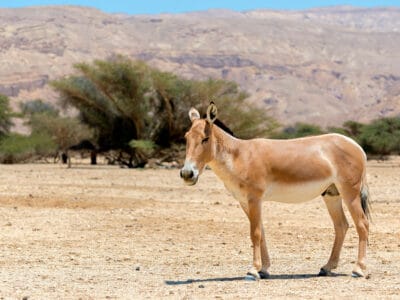
Onager
An onager's coat changes color with the season.

Orb Weaver
Females are about four times the size of males
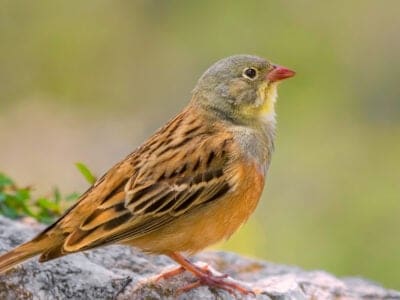
Ortolan Bunting
The tradition of hiding your face with a napkin or towel while eating this bird was begun by a priest who was a friend of the great French gastronome Jean Anthelme Brillat-Savarin.

Osprey
They reuse nesting sites for 70 years!

Otter
There are 13 different species worldwide

Owl
The owl can rotate its head some 270 degrees
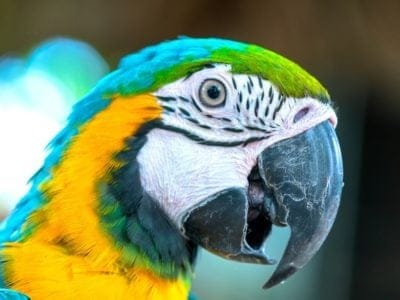
Parrot
Can live for up to 100 years!
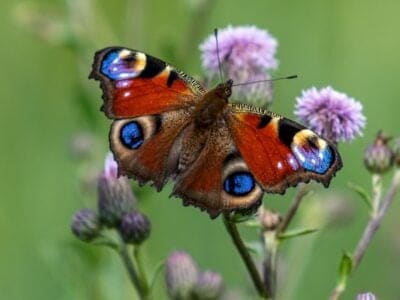
Peacock Butterfly
The eyespots on this butterfly’s wings deter predators from attacking.
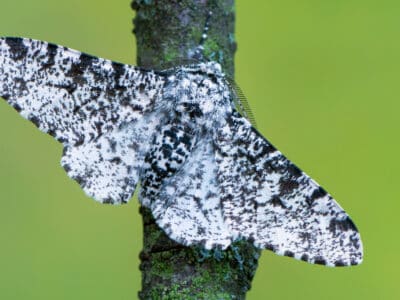
Peppered Moth
Teachers in schools often use the evolution of the peppered moth as a good example of Darwin’s theory of natural selection.

Peregrine Falcon
Fastest animal on Earth

Pheasant
Females lay between 8 and 12 eggs per clutch!
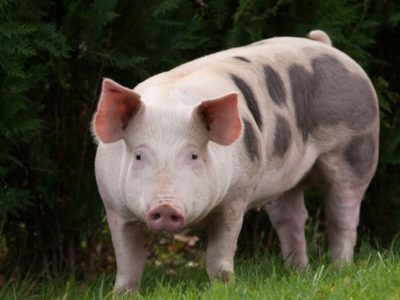
Pig
Thought to have been domesticated in 9,000 BC!

Pigeon
They can find their way back to their nests from up to 1300 miles away.
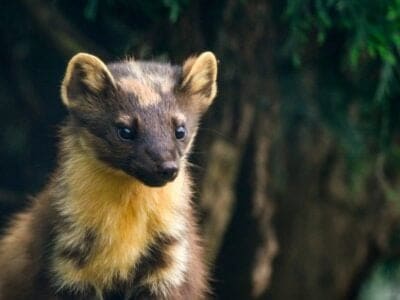
Pine Marten
A pine marten can jump from tree to tree similar to a squirrel.
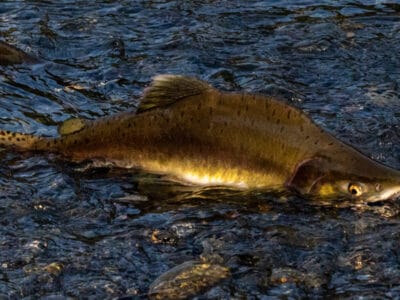
Pink Salmon
The smallest of the North American salmon
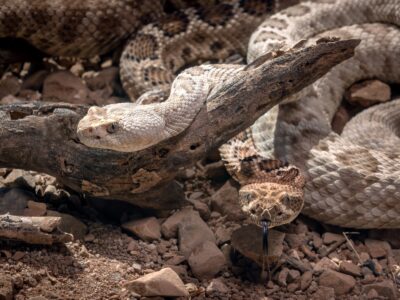
Pit Viper
Pit vipers's fangs fold up into their mouths when they don't need them.
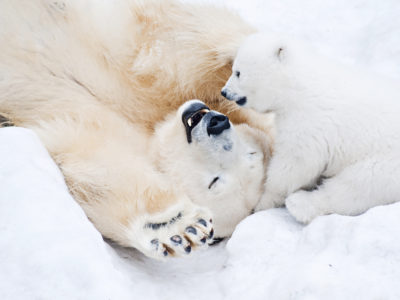
Polar Bear
Could be extinct within the next 30 years!
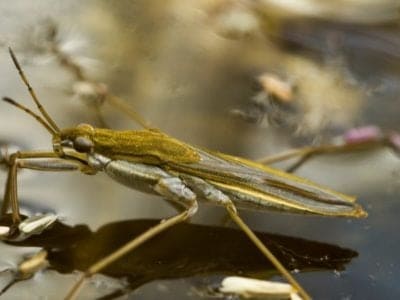
Pond Skater
There are 500 different species!
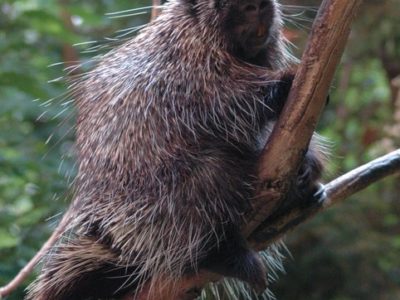
Porcupine
There are 30 different species worldwide!
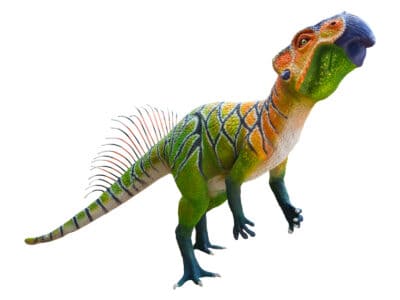
Psittacosaurus
These parrot-headed dinosaurs had beaks and feather-like quills on their tails!

Psittacosaurus
The Psittacosaurus dinosaurs had four limbs but were mostly bipedal.
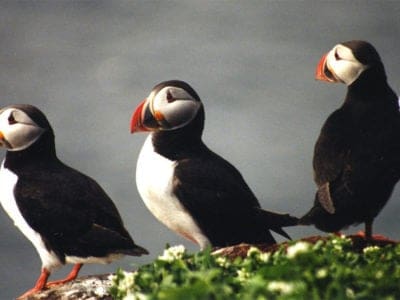
Puffin
Can remain in the water for up to 2 minutes!

Quail
Inhabits woodland and forest areas worldwide!
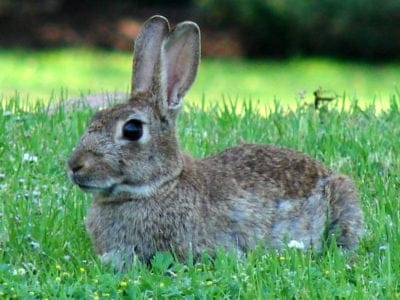
Rabbit
There are more than 300 different species!
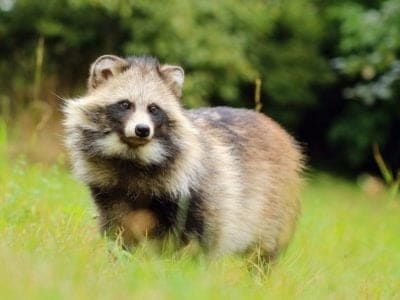
Raccoon Dog
The only hibernating canine!

Rat
Omnivores that eat anything!
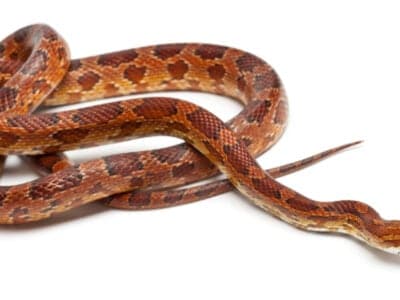
Rat Snakes
Rat snakes are constrictors from the Colubridae family of snakes.

Red Deer
A male red deer shows his age in his antlers, which become longer and more branched every year.
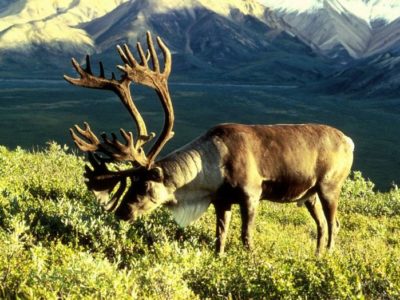
Reindeer
Also known as the Caribou

River Turtle
Inhabits freshwater habitats around the world!

Robin
There are more than 45 species in Australia alone!

Rodents
The capybara, the world’s largest rodent, likes to be in and around bodies of water. Because of this, the Catholic Church in South America decided that it was a fish, and people were allowed to eat it during Lent and First Fridays.
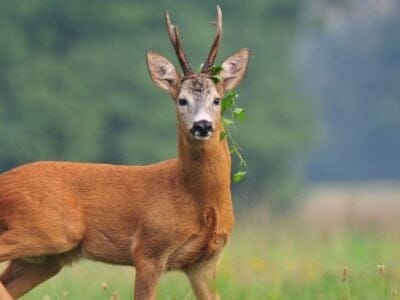
Roe Deer
The roe is one of the most popular game animals in Europe

Rooster
Will mate with the entire flock!
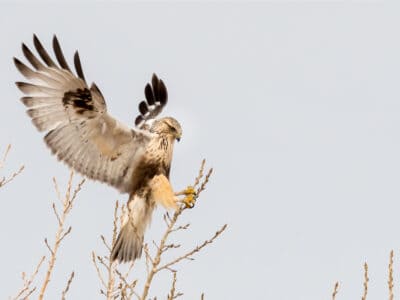
Rough-Legged Hawk (Rough-Legged Buzzard)
Its scientific name, lagopus, is Ancient Greek for “hare” and “foot,” referring to its feathered feet and toes.

Russian Bear Dog
The bite of a Russian Bear Dog is stronger than a lion’s bite.

Russian Blue
First brought to the UK in the 1800s!
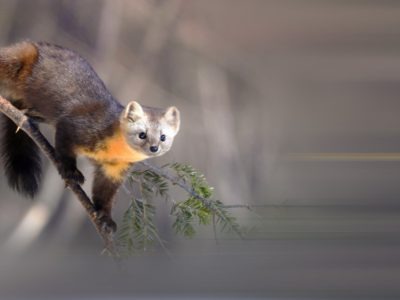
Sable
Their fur has been considered a luxury item since the Middle Ages

Sable Ferret
Ferrets were used during the Revolutionary War to keep down the rat population.
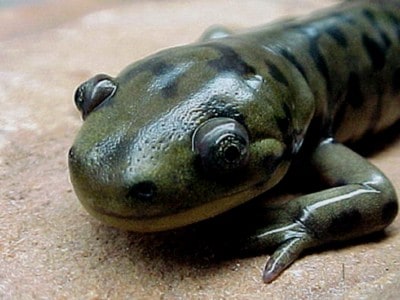
Salamander
There are more than 700 different species!
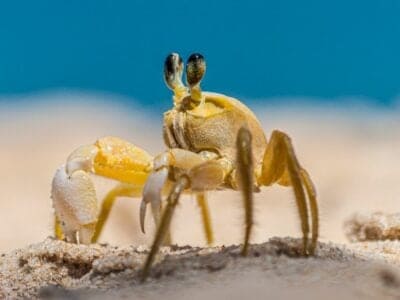
Sand Crab
The sand crab burrows beneath the sand with its tail
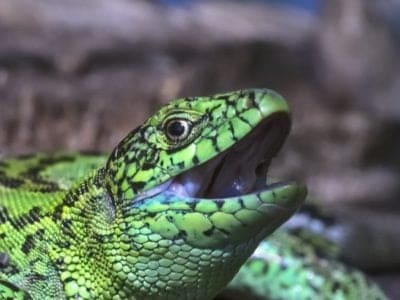
Sand Lizard
Males turn green in spring!

Scorpion
There are around 2,000 known species!

Sea Eagle
The sea eagle tends to mate for life with a single partner

Seahorse
Males give birth to up to 1,000 offspring!

Sheep
Around 35 million in the English countryside!
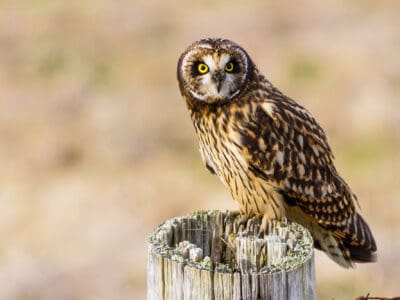
Short-Eared Owl
The short-eared owl is one of the most widespread owl species in the world, covering five continents.

Shrew
The spinal column of the shrew Scutisorex somereni is so strong and reinforced that it can support the weight of an adult human.

Shrimp
There are 2,000 different species worldwide!
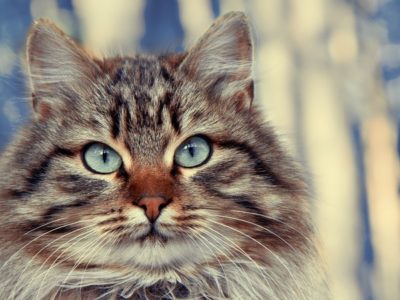
Siberian
An exceptionally agile jumper!
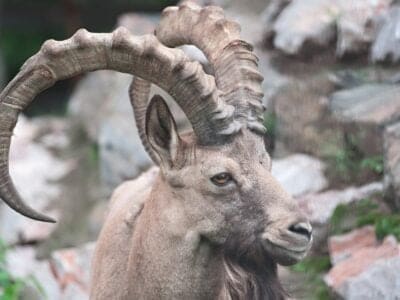
Siberian Ibex
There’s a population of Siberian ibex in New Mexico
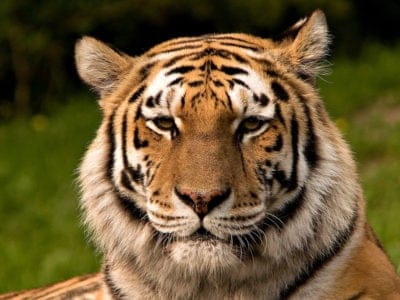
Siberian Tiger
Also known as the Amur tiger!
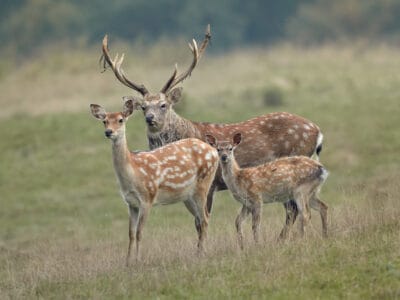
Sika Deer
Sikas can make 10 different sounds, from soft whistles to loud screams.

Skink Lizard
Some skinks lay eggs in some habitats while giving birth to skinklets in other habitats.
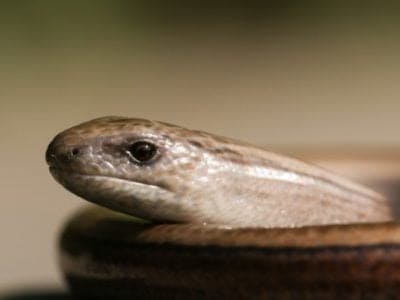
Slow Worm
Found widely throughout British gardens!

Slug
They glide around on one foot, which is aided by the slime they produce

Smokybrown Cockroach
Has up to 45 eggs per egg case

Snail
There are nearly 1,000 different species!

Snake
There are around 4,000 known species worldwide
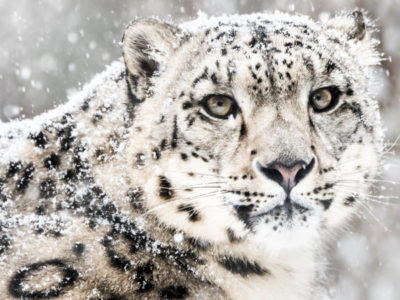
Snow Leopard
Unlike other big cats, snow leopards don’t roar.
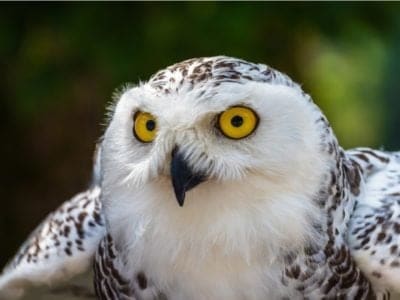
Snowy Owl
One of the largest owl species in the world!

Sparrow
There are 140 different species!

Spider Wasp
They prey on spiders to feed their larvae or they parasitize other spider wasps.

Squirrel
Small rodents found in woodlands worldwide!

Stick Insect
There are more than 3,000 different species!
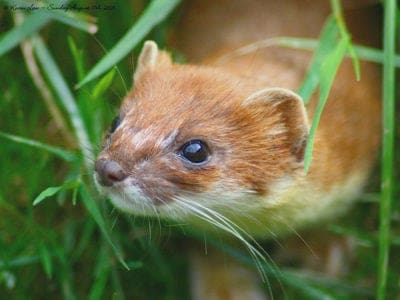
Stoat
Average adults weigh about 200 grams!
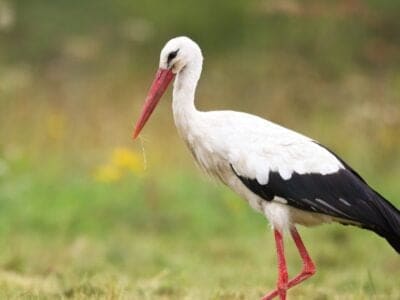
Stork
They can’t sing like other birds.

Swan
Populations have been affected by pollution!

Swedish Elkhound
Swedish Elkhounds existed in prehistoric times!
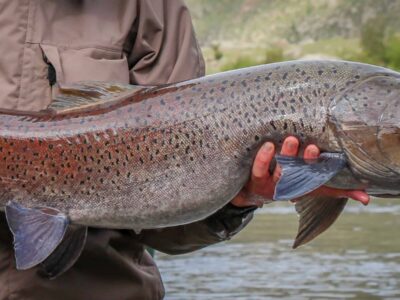
Taimen Fish
The Taimen is considered one of the oldest species on earth, with fossilized remains dating back more than 40 million years!
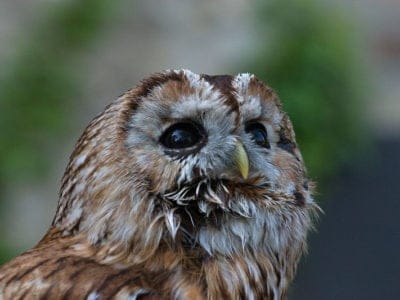
Tawny Owl
The most widespread owl in Europe!

Termite
Their mounds can be up to 9 meters tall!

Theropod
Some theropods had feathers and may have been ancestors of modern birds.
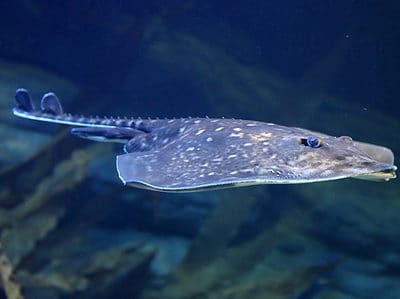
Thornback Ray
The skate with the biggest spines!

Thrush
The American robin is called the robin because its red breast reminded European settlers of the robin back in the old country.

Tick
They inject hosts with a chemical that stops them from feeling the pain of the bite
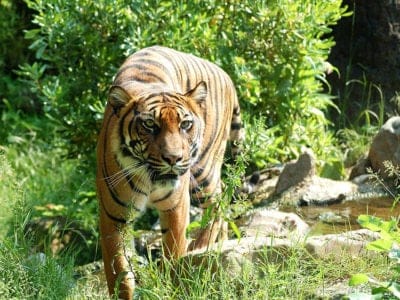
Tiger
The largest feline in the world!

Tiger Beetle
The adult tiger beetle is one of the fastest land insects in the world
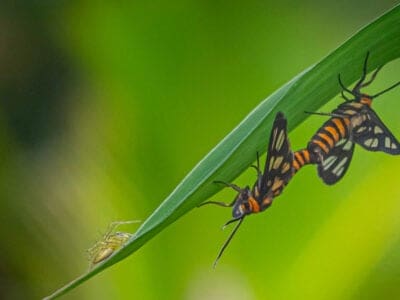
Tiger Moth
The bright colors of this moth are a signal to predators that it has a terrible taste.

Tortoise
Can live until they are more than 150 years old!

Tree Frog
Found in warmer jungles and forests!
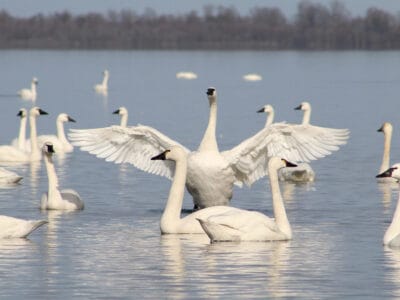
Tundra Swan
“The tundra swan is entirely white except for a yellow marking at the base of their bill!”

Turtles
Some species of aquatic turtles can get up to 70 percent of their oxygen through their butt.
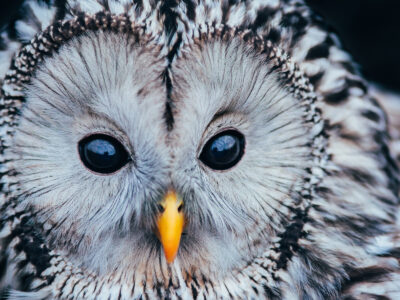
Ural owl
The Ural owl can rotate its head up to 270 degrees
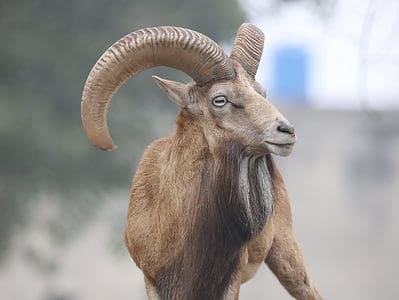
Urial
Urials are the ancestors of modern-day domesticated sheep.
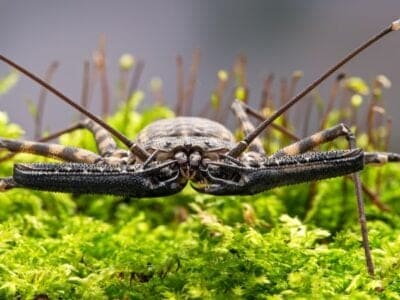
Vinegaroon
Vinegaroons can spray 19 times before the glands are depleted
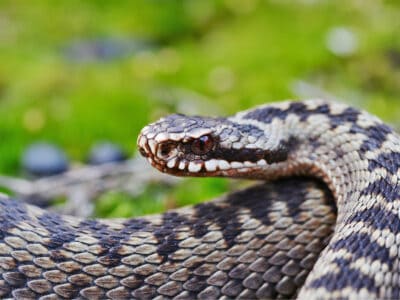
Viper
Vipers are one of the most widespread groups of snakes and inhabit most

Vulture
There are 30 different species worldwide!

Wasp
There are around 75,000 recognised species!
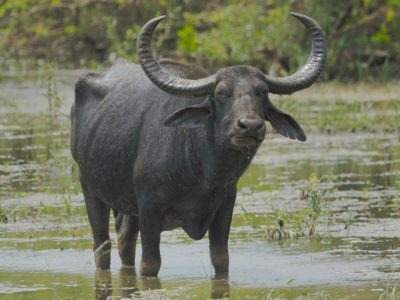
Water Buffalo
Has been domesticated for thousands of years!
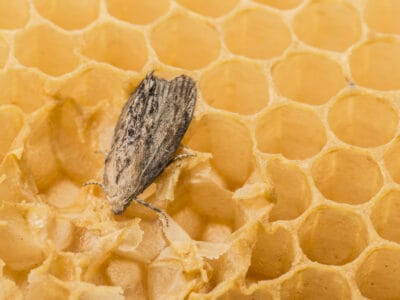
Wax Moth
The Wax Moth larvae are more dangerous than the adult.
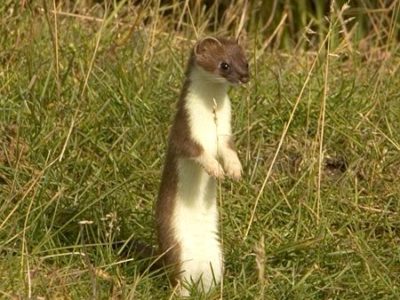
Weasel
The smallest carnivorous mammal in the world!

White Ferret / Albino Ferrets
There are two different types of white ferrets!
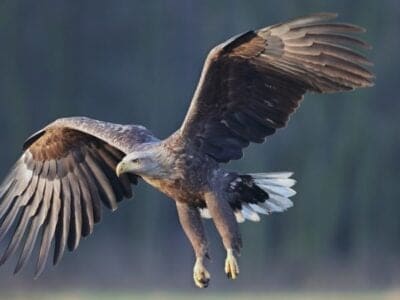
White-Tailed Eagle
It is one of the biggest birds of prey.
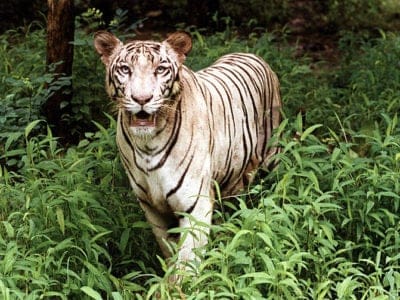
White Tiger
None have been seen in the wild for 50 years!
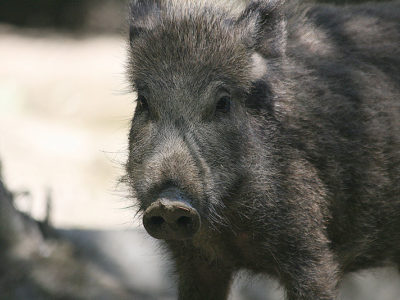
Wild Boar
Males have a top tusk to sharpen the bottom one!
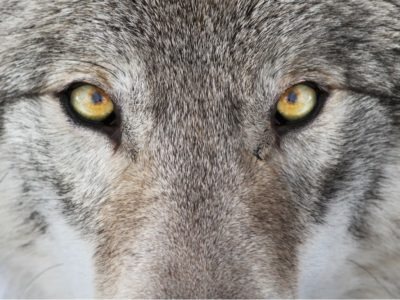
Wolf
Thought to date back more than 300,000 years!

Wolf Spider
Carnivorous arachnid that hunts its prey.
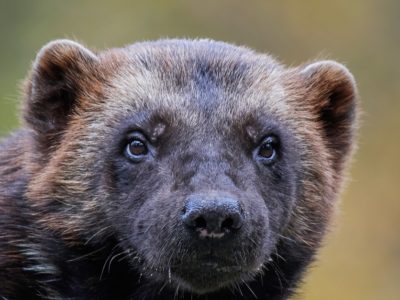
Wolverine
Releases a strong smelling musk in defence!
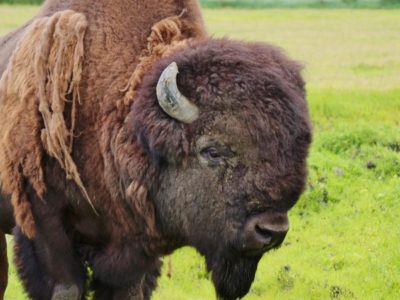
Wood Bison
The reintroduction of wood bison into Alaska is considered one of the world’s best conservation success stories.

Woodlouse
This animal can roll up into a ball
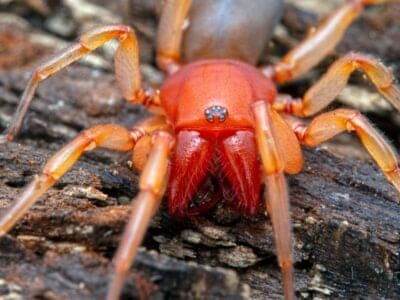
Woodlouse Spider
Unlike most spiders, woodlouse spiders don’t build a web.

Woodpecker
There are 200 different species!
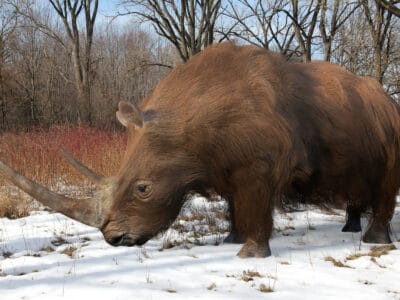
Woolly Rhinoceros
The woolly rhinoceros roamed the earth between three and a half million and 14,000 years ago.

Worm
Doesn’t have eyes.
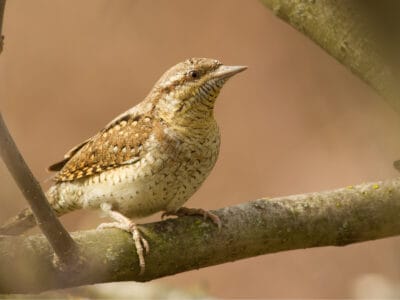
Wryneck
They feign death by making their bodies limp and closing their eyes.
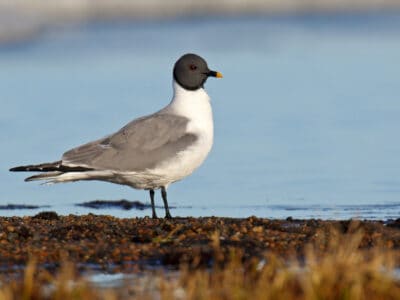
Xeme (Sabine’s Gull)
They follow after seals and whales to eat their scraps.
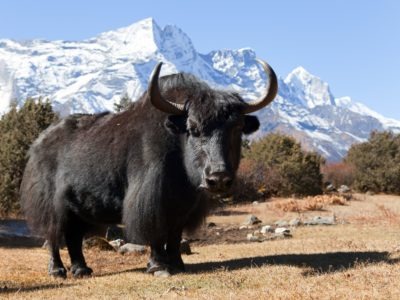
Yak
Yaks can live at altitudes up to 20,000 feet--the highest of any land-dwelling mammal.

Yakutian Laika
The Yakute people were likely the first to use dogs to pull sleds, so the Yakutian Laika was probably among the first sled dogs.
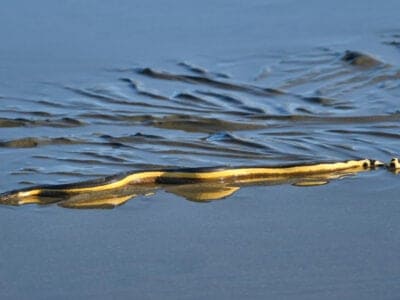
Yellow-Bellied Sea Snake
Sea snakes spend approximately 90% of their lives under water.
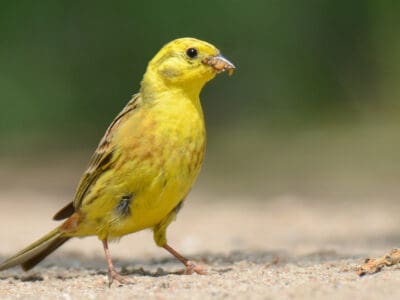
Yellowhammer
It interbreeds with the pine bunting
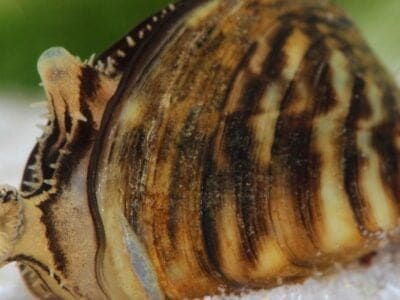
Zebra Mussels
A female zebra mussel can deposit 30,000 to 1,000,000 eggs each year!
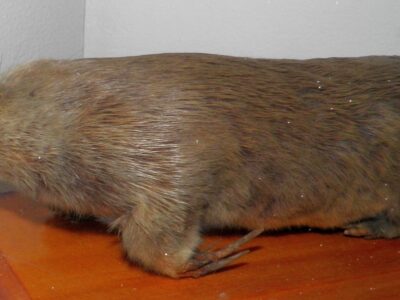
Zokor
Zokors are expert diggers. They burrow tunnels hundreds of feet long!
Russian Animals List
- Adélie Penguin
- Admiral Butterfly
- Alabai (Central Asian Shepherd)
- Alaskan Pollock
- Allosaurus
- Amur Leopard
- Angora Goat
- Ant
- Antelope
- Arctic Char
- Arctic Fox
- Asian Lady Beetle
- Asiatic Black Bear
- Atlantic Cod
- Avocet
- Barbut’s Cuckoo Bumblebee
- Barn Owl
- Barn Swallow
- Bat
- Bear
- Beauty rat snake
- Beaver
- Bed Bugs
- Bee
- Beetle
- Beewolf wasp
- Beluga Sturgeon
- Bird
- Biscuit Beetle
- Black Russian Terrier
- Black Widow Spider
- Booted Bantam
- Box Tree Moth
- Brazilian Treehopper
- Brown Bear
- Brown Dog Tick
- Bumblebee
- Butterfly
- Camel Cricket
- Caribou
- Carpenter Ant
- Cat
- Caterpillar
- Catfish
- Caucasian Mountain Dog (Shepherd)
- Caucasian Shepherd
- Centipede
- Ceratopsian
- Chicken
- Chinese Geese
- Chipmunk
- Cinereous Vulture
- Cockroach
- Codling Moth
- Common Buzzard
- Common European Adder
- Common Furniture Beetle
- Common House Spider
- Common Raven
- Cormorant
- Cow
- Crab
- Crab Spider
- Crane
- Cricket
- Crow
- Crucian Carp
- Cuckoo
- Deer
- Dickinsonia
- Diving Bell Spider (Water Spider)
- Dog
- Dog Tick
- Donkey
- Dormouse
- Dragonfly
- Dried Fruit Moth
- Duck
- Dung Beetle
- Eagle
- Earthworm
- Earwig
- East Siberian Laika
- Eel
- Egyptian Vulture
- Elasmotherium
- Elk
- Emperor Goose
- Ermine
- Eurasian Bullfinch
- Eurasian Eagle-owl
- Eurasian Lynx
- Eurasian Nuthatch
- Eurasian Wolf
- European Bee-Eater
- European Goldfinch
- European Robin
- Falcon
- False Widow Spider
- Firefly
- Flea
- Fly
- Flying Squirrel
- Forest Cuckoo Bumblebee
- Fox
- Frog
- Fruit Fly
- Gadwall
- German Cockroach
- Glass Lizard
- Glowworm
- Gnat
- Goat
- Goldcrest
- Golden Eagle
- Golden Oriole
- Goose
- Grass Carp
- Grass Spider
- Grasshopper
- Green Bee-Eater
- Grey Heron
- Gypsy Moth
- Hamster
- Hare
- Hawk Moth Caterpillar
- Hedgehog
- Heron
- Herring Gull
- Honey Bee
- Honey Buzzard
- Horse
- Horsefly
- Horseshoe Crab
- Housefly
- Human
- Huntsman Spider
- Husky
- Ibis
- Insects
- Jackdaw
- Japanese rat snake
- Kaluga Sturgeon
- King Salmon
- Kingfisher
- Kokanee Salmon
- Ladybug
- Leech
- Linnet
- Lizard
- Locust
- Long-Eared Owl
- Lynx
- Lystrosaurus
- Magpie
- Marmot
- Marsh Frog
- Mayfly
- Mealybug
- Millipede
- Mole
- Mongrel
- Moorhen
- Moose
- Moscow Watchdog
- Mosquito
- Moth
- Mouse
- Mule
- Muskox
- Muskrat
- Natterjack
- Neanderthal
- Nematode
- Newt
- Nightingale
- No See Ums
- Northern Pintail
- Ocean Perch
- Old House Borer
- Onager
- Orb Weaver
- Ortolan Bunting
- Osprey
- Otter
- Owl
- Pantaloon Bee
- Parrot
- Peacock Butterfly
- Peppered Moth
- Peregrine Falcon
- Pheasant
- Pig
- Pigeon
- Pike Fish
- Pine Marten
- Pink Salmon
- Pit Viper
- Platybelodon
- Polar Bear
- Pond Skater
- Porcupine
- Psittacosaurus
- Psittacosaurus
- Puffin
- Quail
- Rabbit
- Raccoon Dog
- Rat
- Rat Snakes
- Red Deer
- Reindeer
- River Turtle
- Robin
- Rodents
- Roe Deer
- Rooster
- Rough-Legged Hawk (Rough-Legged Buzzard)
- Russian Bear Dog
- Russian Blue
- Sable
- Sable Ferret
- Salamander
- Sand Crab
- Sand Lizard
- Sandhill Crane
- Scorpion
- Sea Eagle
- Seahorse
- Sheep
- Short-Eared Owl
- Shrew
- Shrimp
- Siberian
- Siberian Ibex
- Siberian Tiger
- Sika Deer
- Skink Lizard
- Slow Worm
- Slug
- Smokybrown Cockroach
- Snail
- Snake
- Snow Leopard
- Snowy Owl
- Sparrow
- Spider Wasp
- Squirrel
- Stick Insect
- Stoat
- Stork
- Swallowtail Butterfly
- Swan
- Swedish Elkhound
- Taimen Fish
- Tawny Owl
- Termite
- Theropod
- Thornback Ray
- Thrush
- Tick
- Tiger
- Tiger Beetle
- Tiger Moth
- Tortoise
- Tree Frog
- Tundra Swan
- Turtles
- Ural owl
- Urial
- Vinegaroon
- Viper
- Vulture
- Wasp
- Water Buffalo
- Wax Moth
- Weasel
- West Siberian Laika
- White Ferret / Albino Ferrets
- White-Tailed Eagle
- White Tiger
- Wild Boar
- Wolf
- Wolf Spider
- Wolverine
- Wood Bison
- Woodlouse
- Woodlouse Spider
- Woodpecker
- Woolly Rhinoceros
- Worm
- Wryneck
- Xeme (Sabine’s Gull)
- Yak
- Yakutian Laika
- Yellow-Bellied Sea Snake
- Yellowhammer
- Zebra Mussels
- Zokor
Russia FAQs (Frequently Asked Questions)
What animals are common in Russia?
There are many common animals in Russia. The most common type of animal is dogs. Russians have registered about 70,000 German spitzes, 45,000 Yorkshire terriers, 41,000 Chihuahuas, and 24,000 German shepherds. There are also many types of wildlife in Russia.
What is the rarest animal in Russia?
There are many rare animals in Russia. One of the rarest animals in Russia is the Amur leopard. There may be less than 80 of these rare animals left in the wild. Worldwide, it is the most endangered member of the leopard family. These rare animals can reach speeds up to 27 miles per hour, and they can jump straight up more than 16 feet. This leopard is also called the Far East leopard, the Manchurian leopard or the Korean leopard.
What is the most dangerous animal in Russia?
The most dangerous animal in Russia is the tick. They can make people sick before a person even knows that they have been bit. These blood-sucking animals carry Lyme and encephalitis. One of the reasons they are so dangerous is that they live in the same areas as people while most dangerous animals in Russia live in remote locations.
What is the biggest animal in Russia?
Polar bears are one of the biggest animals in Russia. It is the largest extant bear species and the largest carnivore on earth. Adult male polar bears weigh 1,763 pounds on average. They can stand over 13 feet tall when they are standing on their back legs. Despite being one of the biggest animals in Russia, they can run at speeds up to 31 miles per hour. A polar bear has swum 372 miles when there was no ice.




